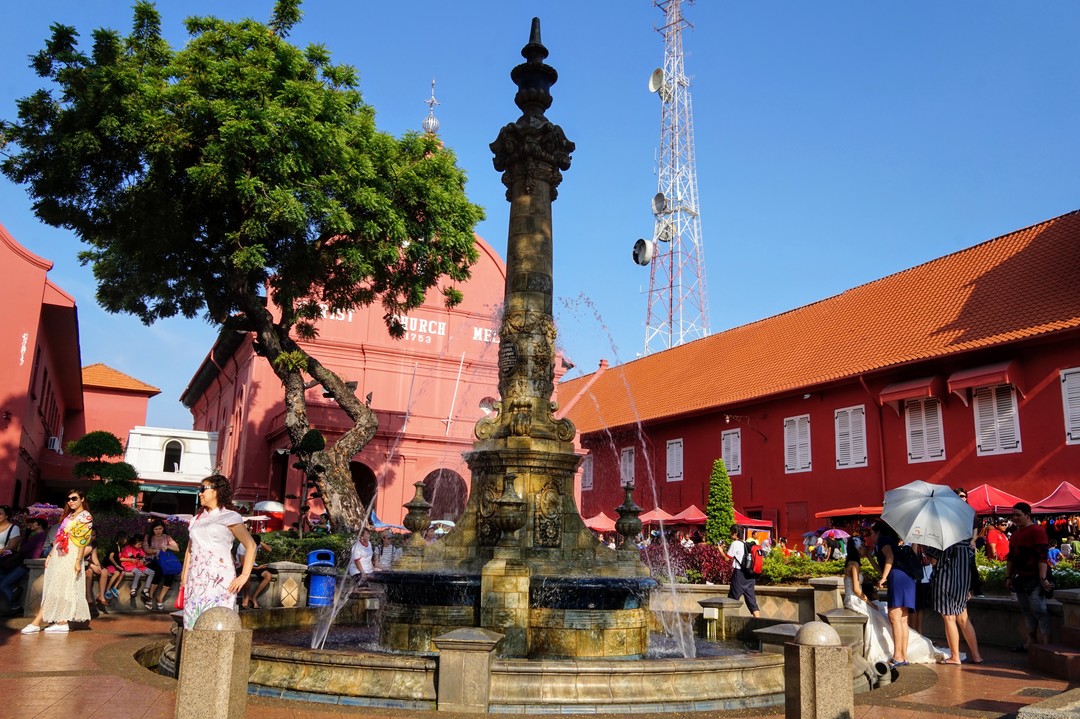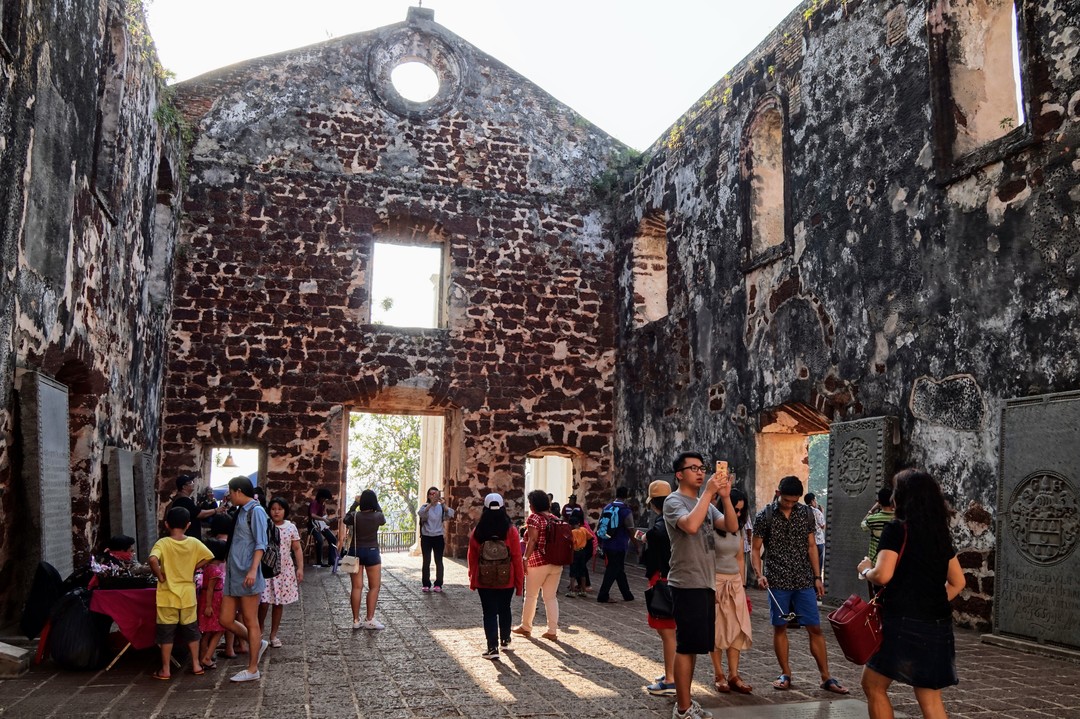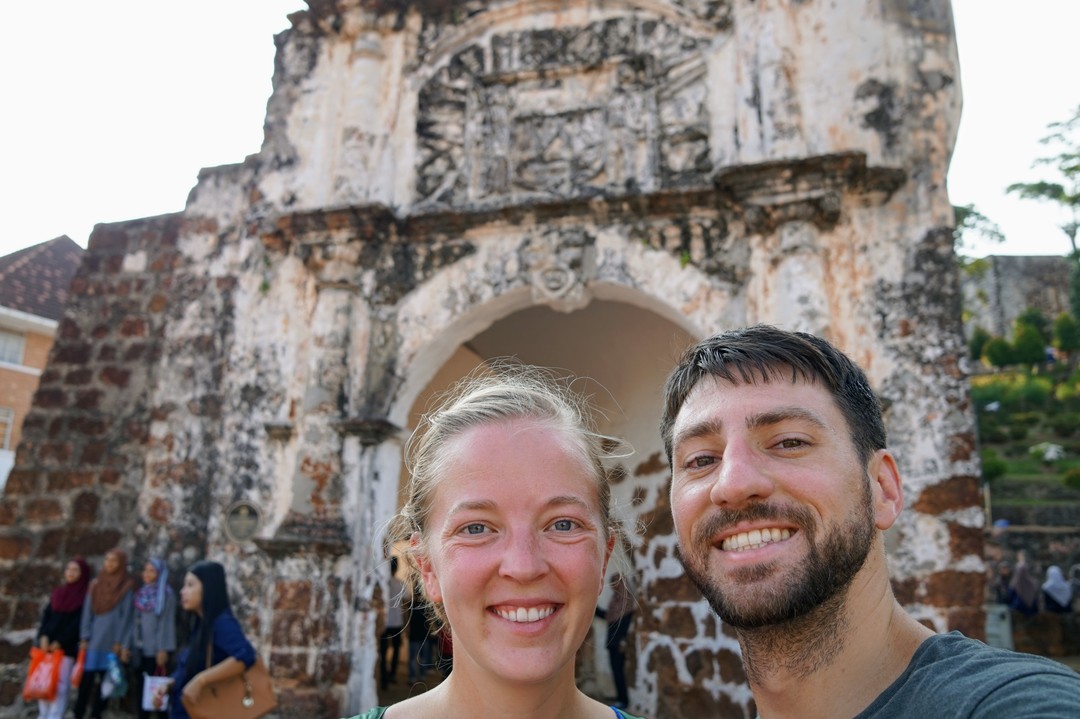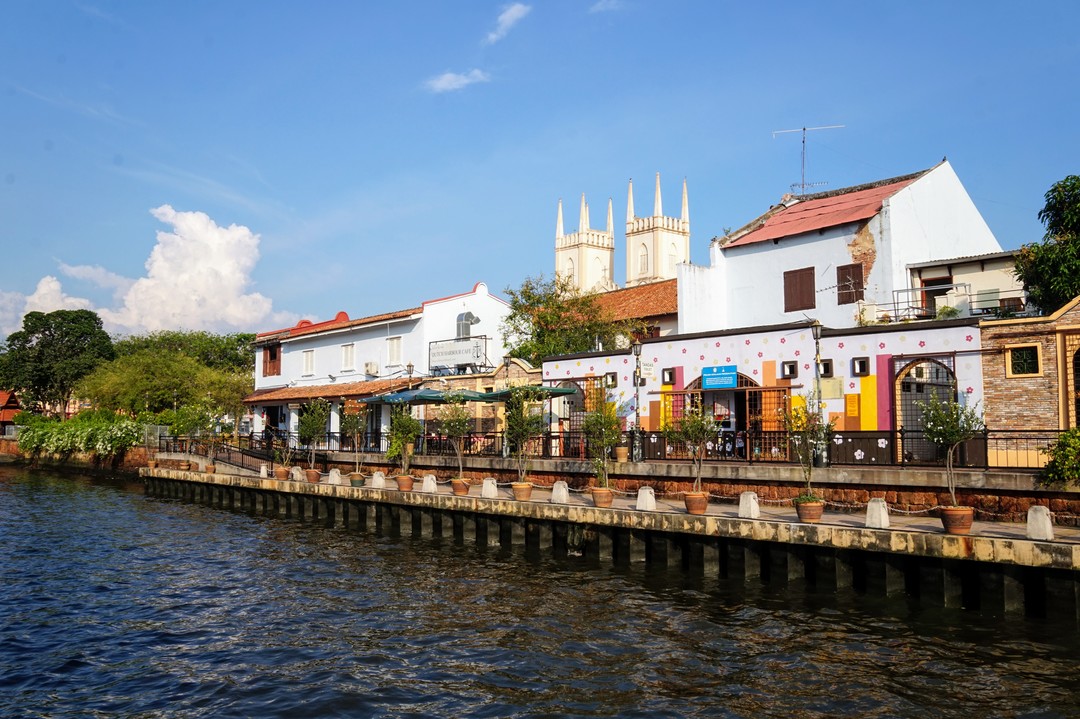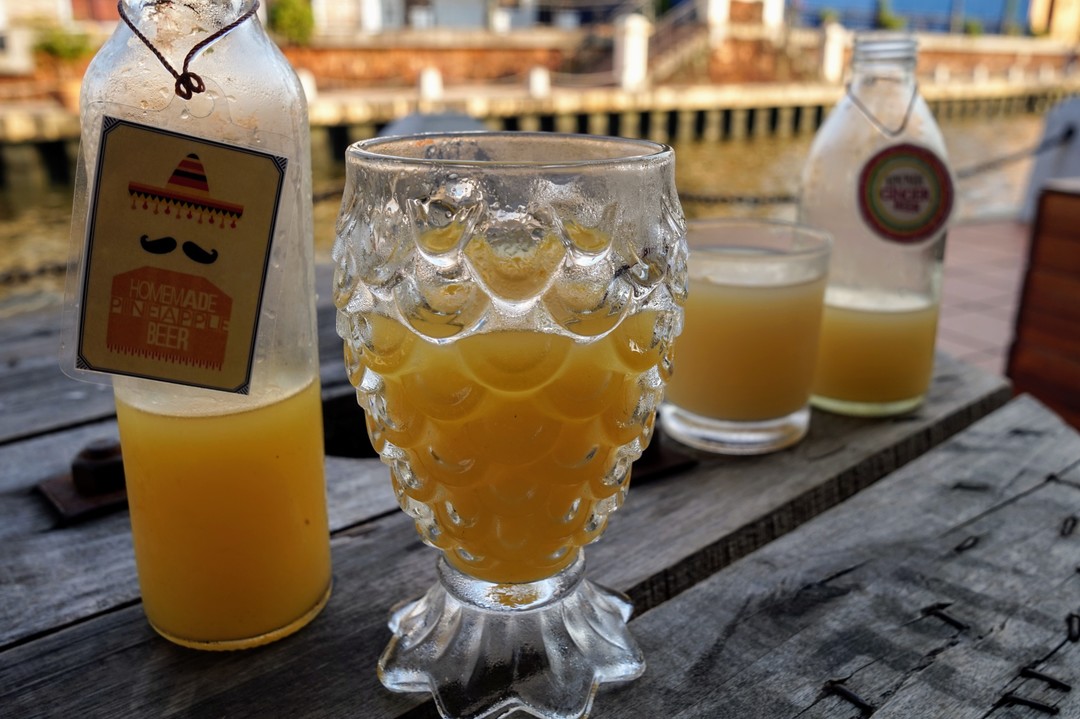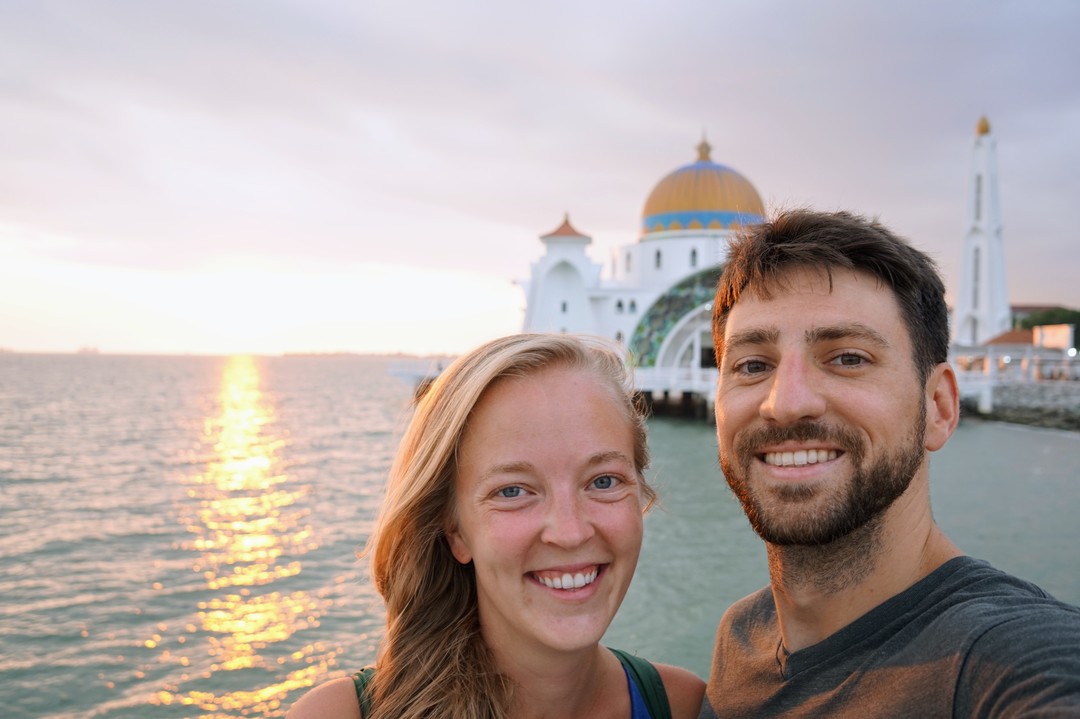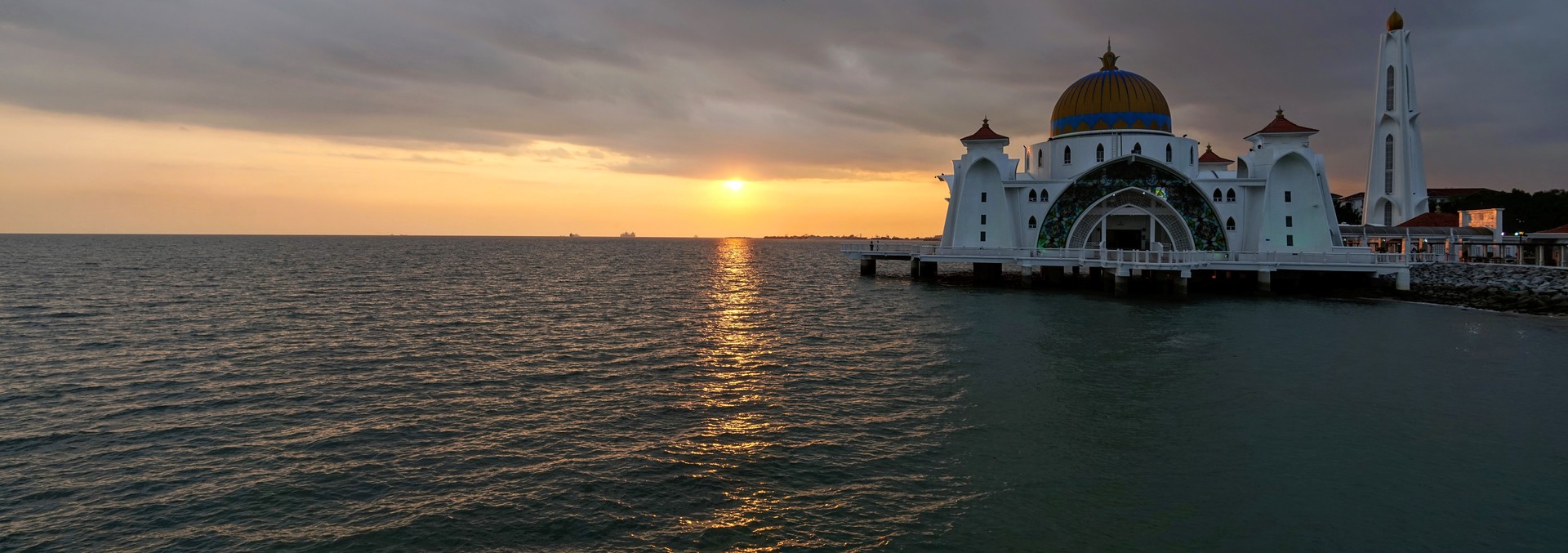We had no expectations going into Malaysia. We knew nothing about the people, language, culture, religion - not even the climate. We were lazy on the research and at this point we were getting a little tired of Southeast Asia. As they say in Thailand, it was a lot of “same same but different.” Things were starting to blur together, and we figured Malaysia would be similar.
Thankfully, we were wrong! What makes Malaysia interesting and different is its mixture of cultures and old colonial remnants: Chinese, Indian, European, and Malay influences exist separately and together in customs, language, architecture, food, and more.
Kuala Lumpur
Our first stop in Malaysia was the capital city of Kuala Lumpur (KL for short). It is also a regional travel hub, so we ended up here a few times in between other destinations. KL is a big modern city dominated by skyscrapers including the Petronas Twin Towers, the world’s tallest building from 1998 to 2004. We stayed near Chinatown with its lively food scene and night market with all your knockoff needs. Our excursions around town brought us to the Batu Caves, one of the most popular Hindu shrines outside of India; to Brickfields, KL’s Little India, where we feasted on delicious curries and murtabak; and to a traditional Malay restaurant in the midst of a massive thunderstorm. Since we were the only customers at the restaurant, the owner happily indulged us with a history lesson about how the Chinese first came to Malaysia, intermarried with the locals since Hinduism and Taoism were similar enough to make the two cultures compatible, and began producing a tasty food fusion. While these cultures fused together, the owner noted that when the Arabs came to Malaysia, Muslims didn’t have the same compatibility due to their strict religious laws (or as she said, “Chinese like their pork and alcohol too much!”). Regardless of how accurate our history lesson was, we’re still big fans of the food all these cultures have blended together!
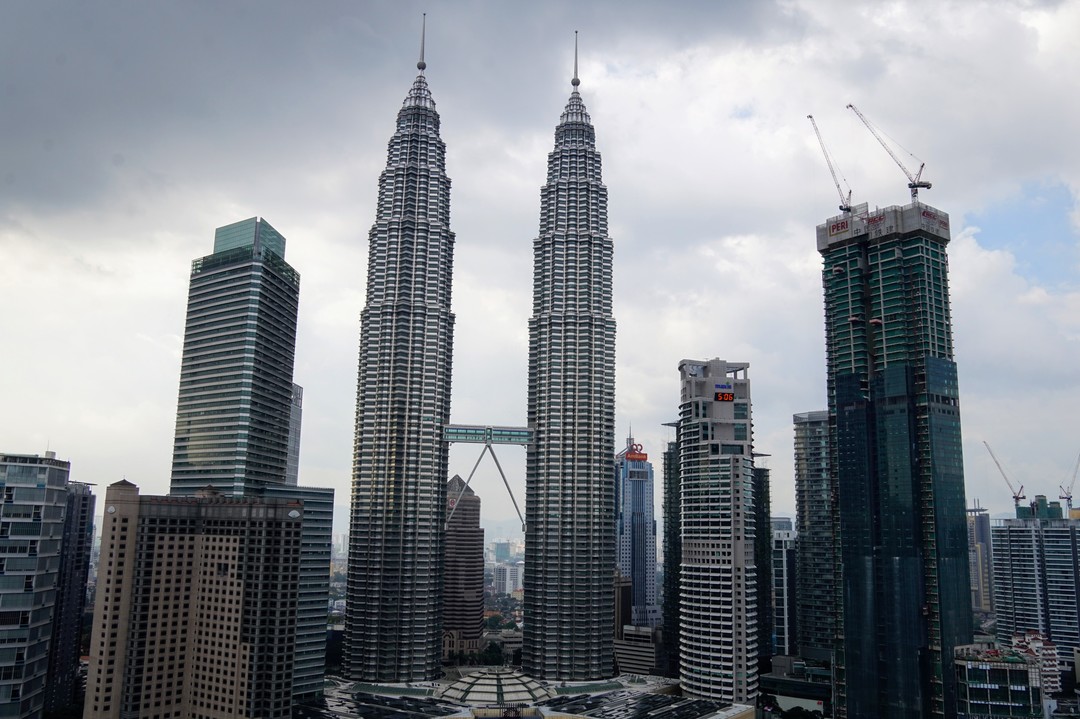
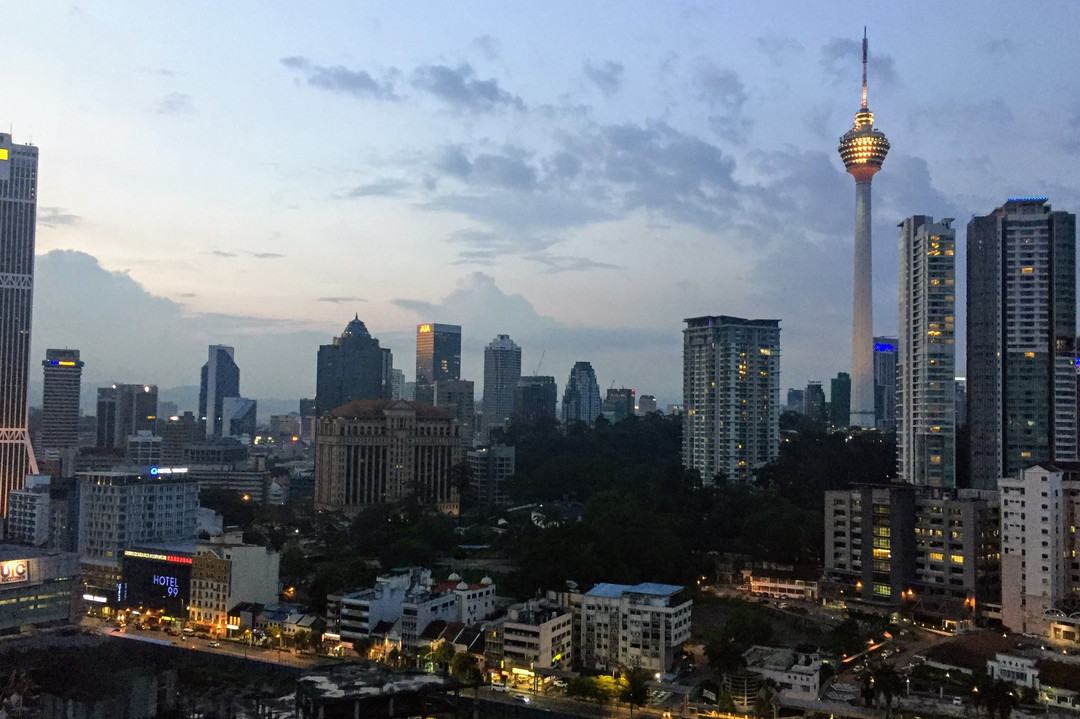
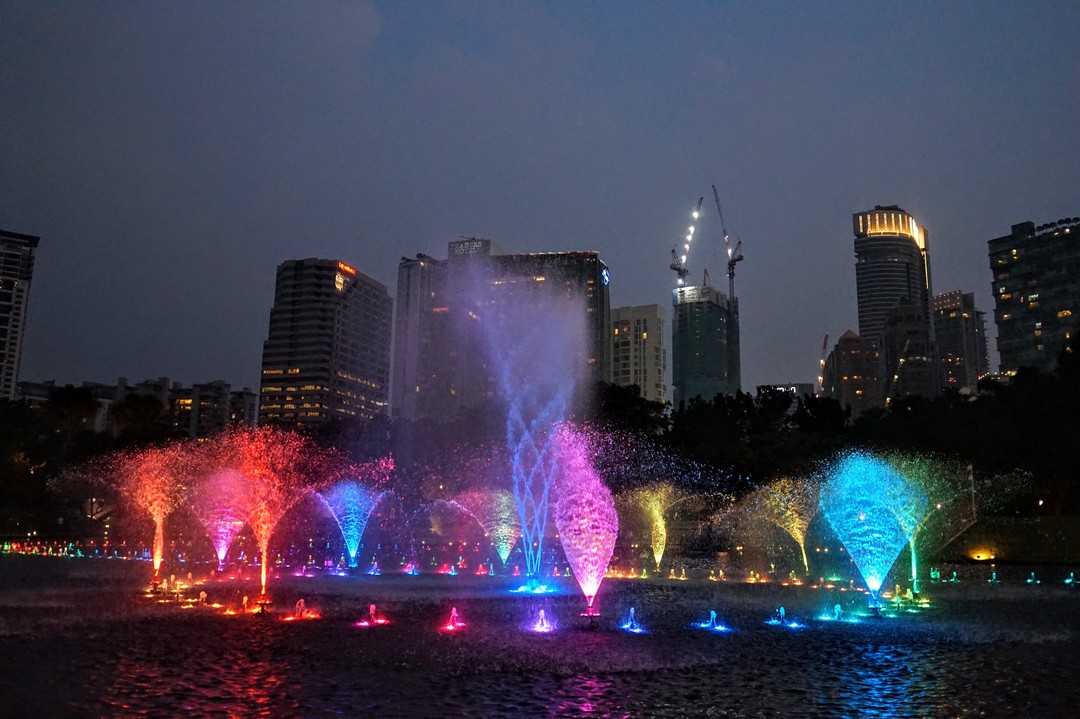
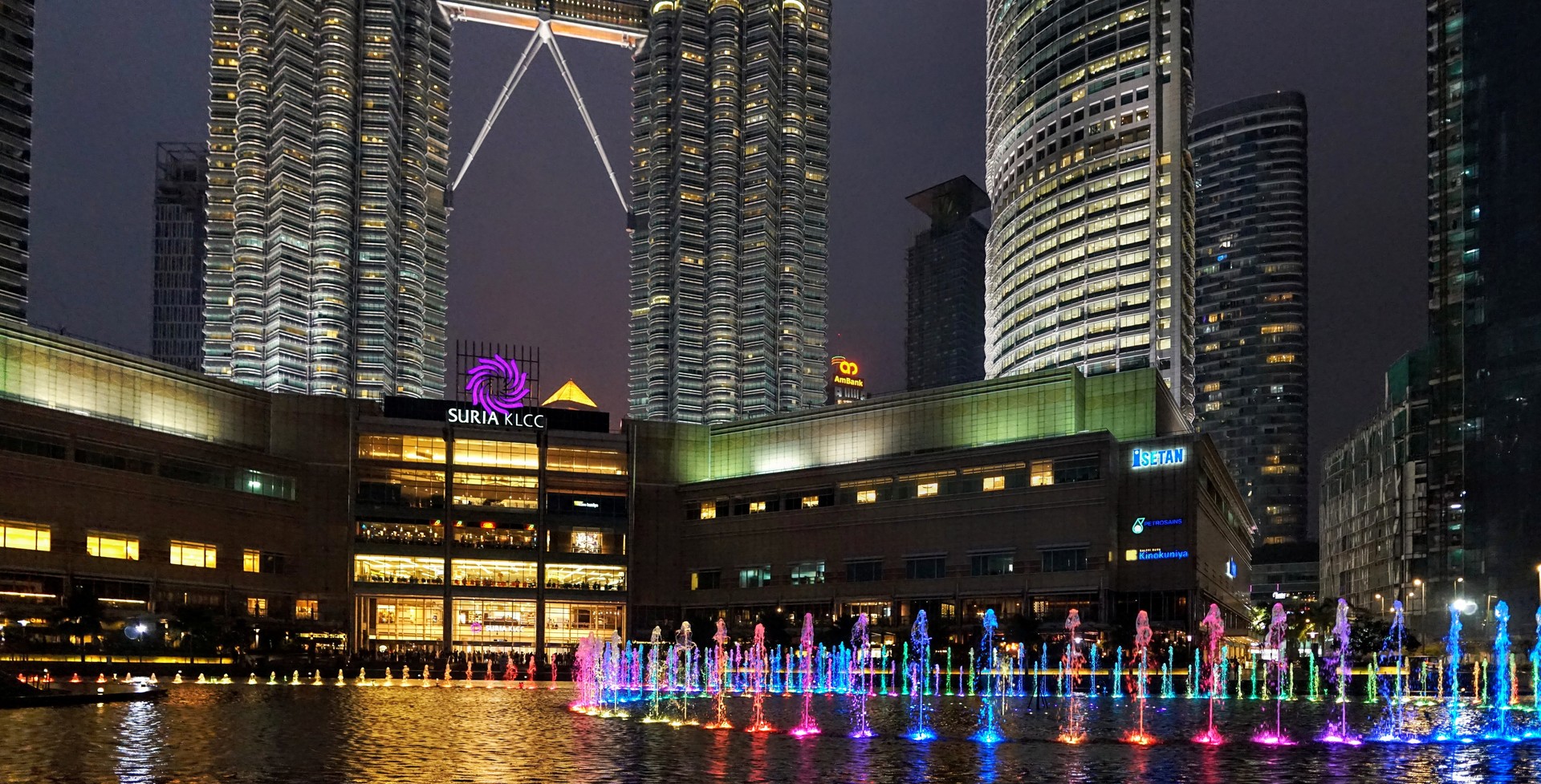
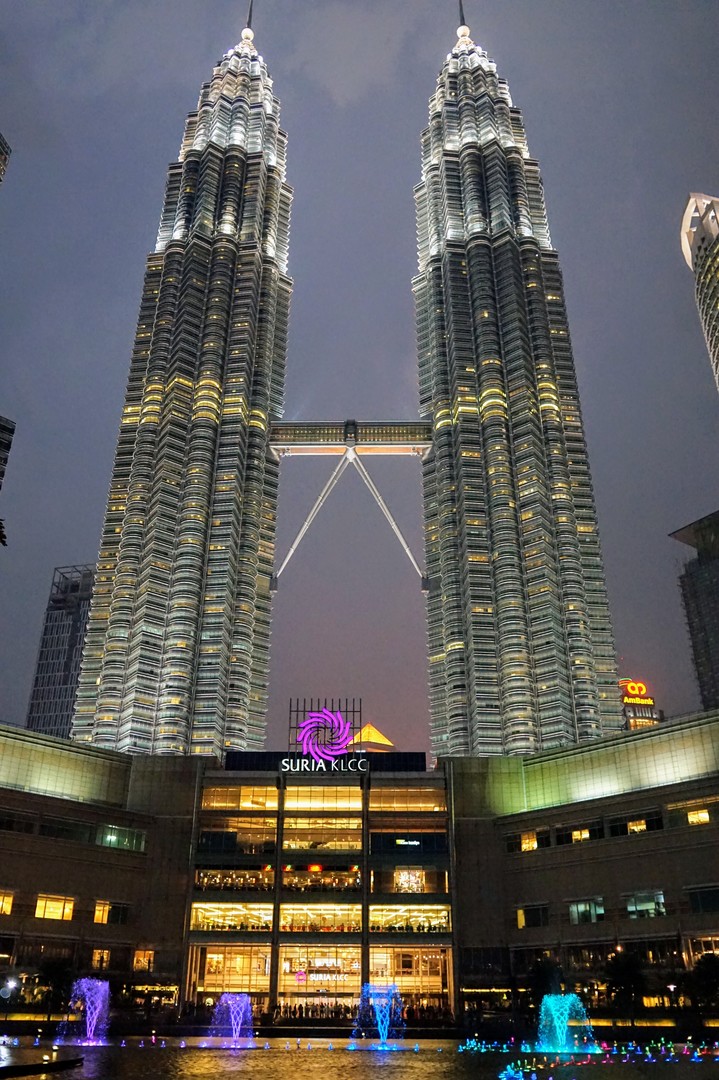
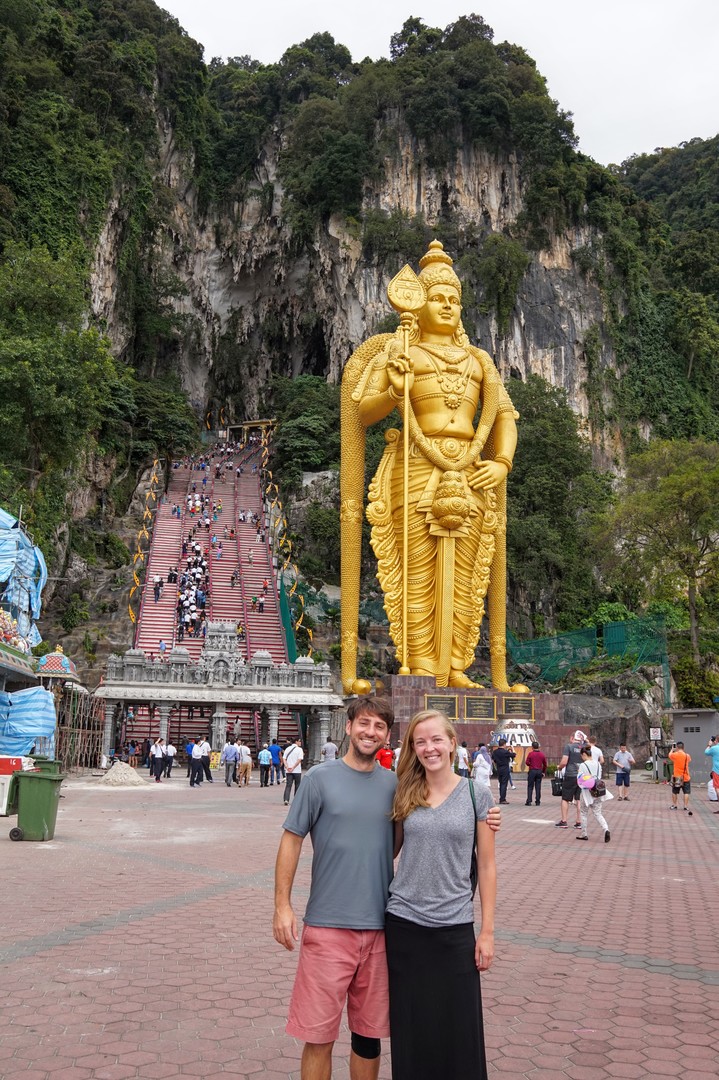
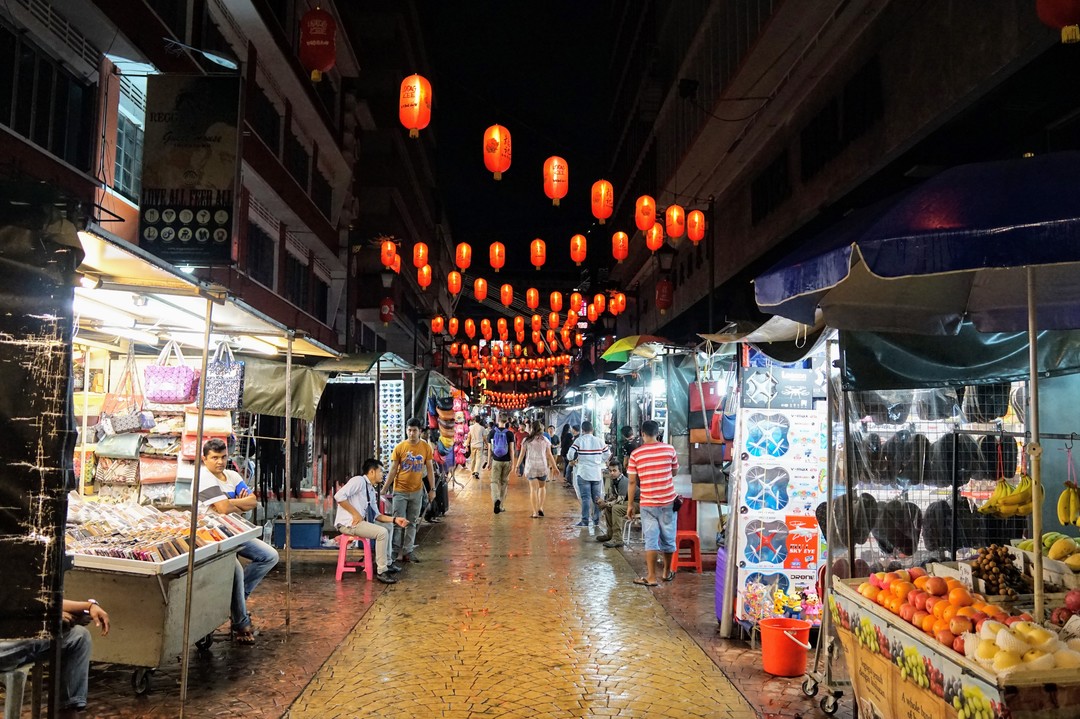
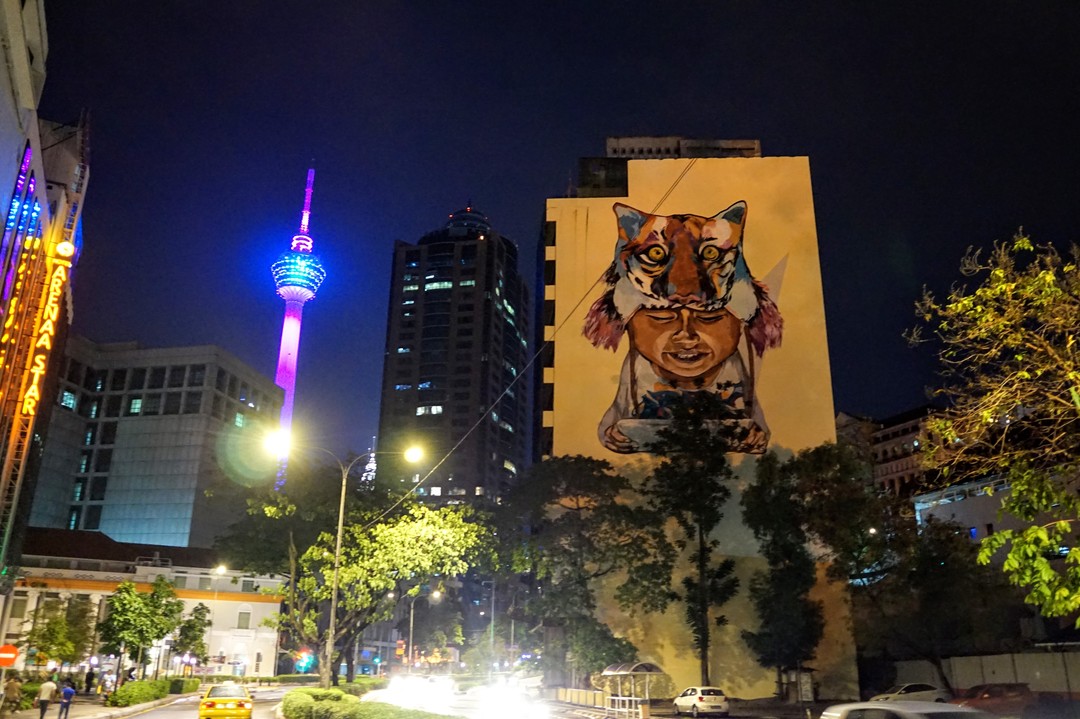
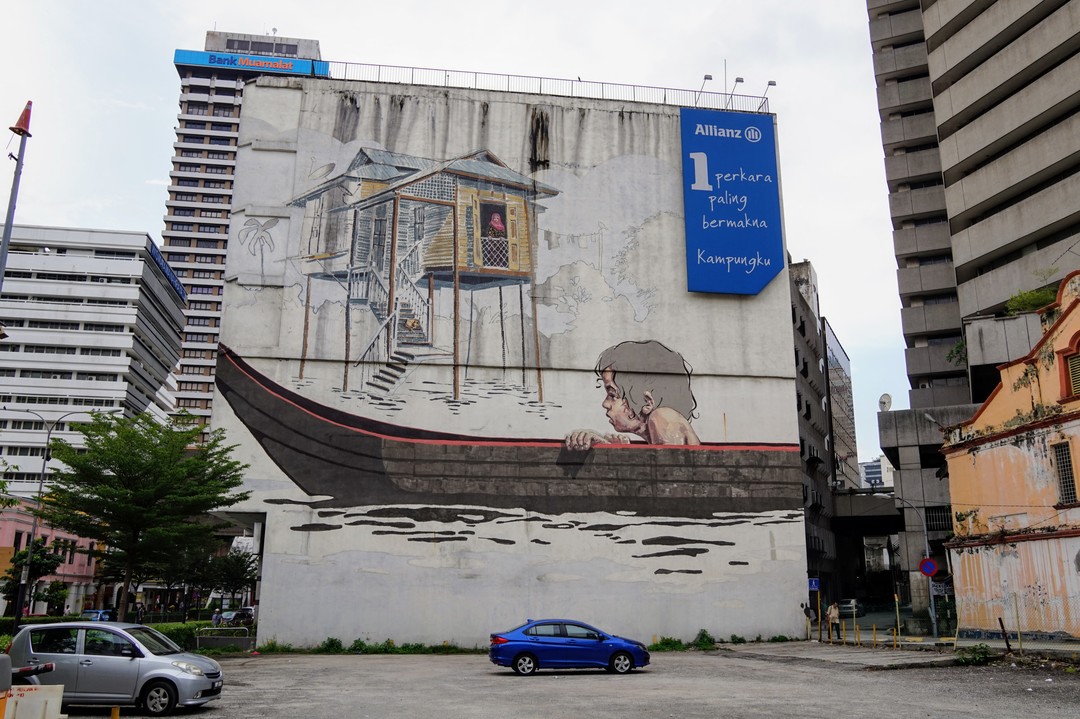
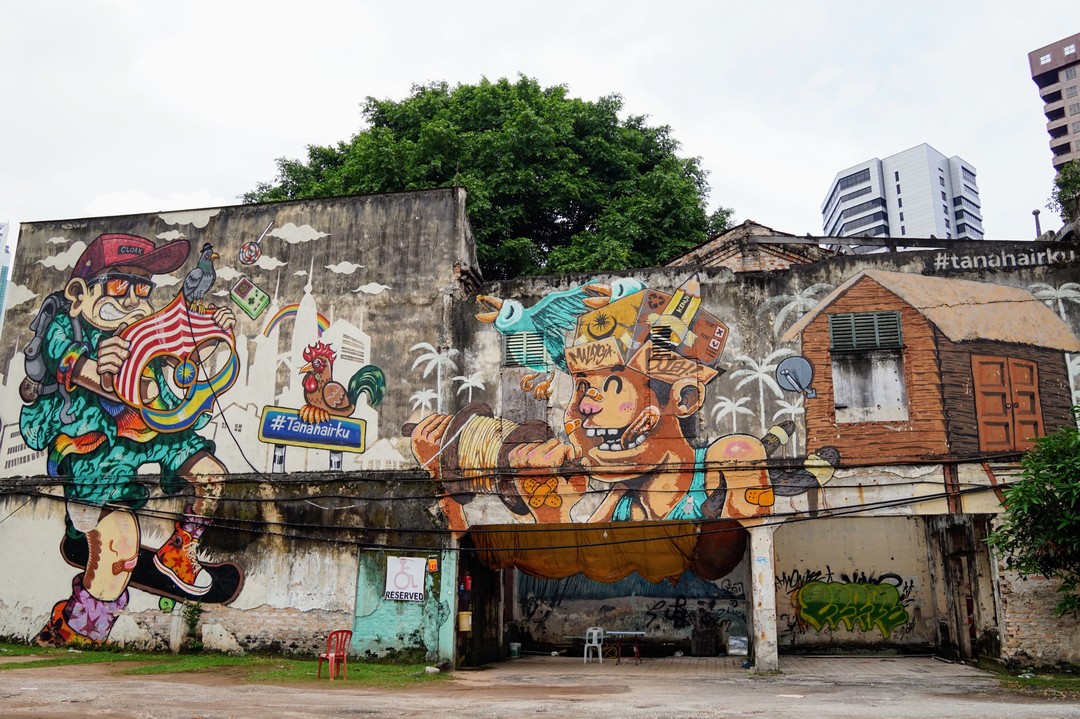
Penang
Our second stop was Georgetown on the island of Penang. This was by far our favorite place in Malaysia. We were recommended Georgetown by several other travelers, and everyone said the same thing: you go there to eat! We were a bit skeptical of this - how much better could the food possibly be there? - but as we learned, the locals take it as a serious source of pride. And the best part is that it is CHEAP. We’re talking delicious meals for under $2. And there are so many dishes to chose from that even after a week in town we still hadn’t tried all of the options from the many hawker stalls and food gardens.
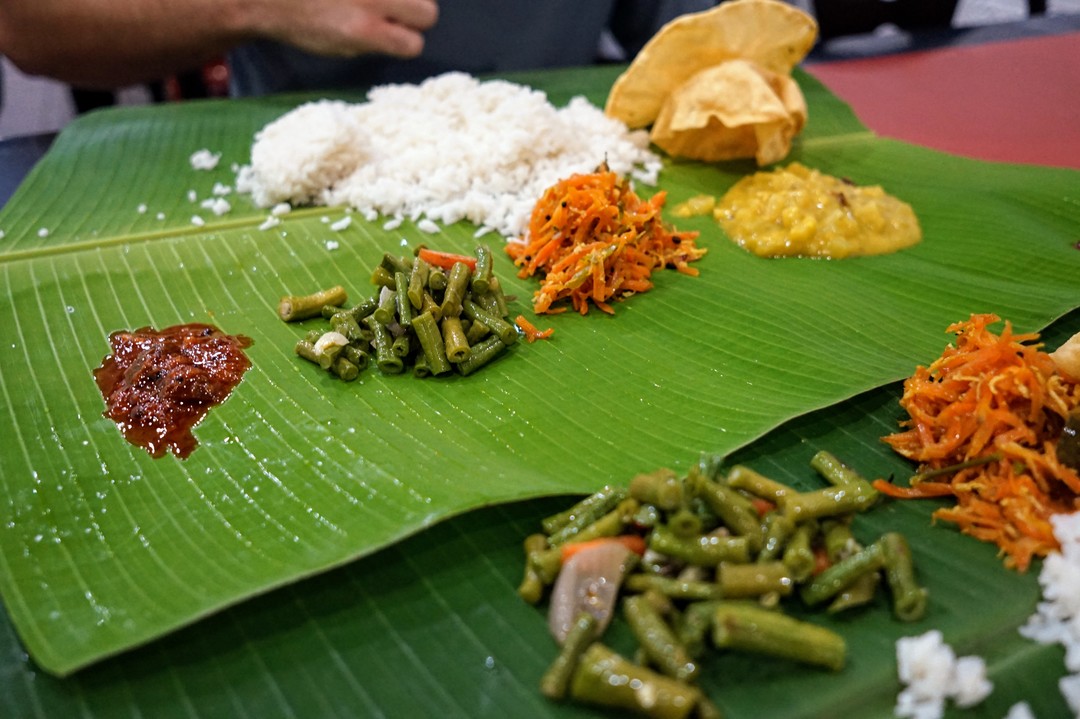

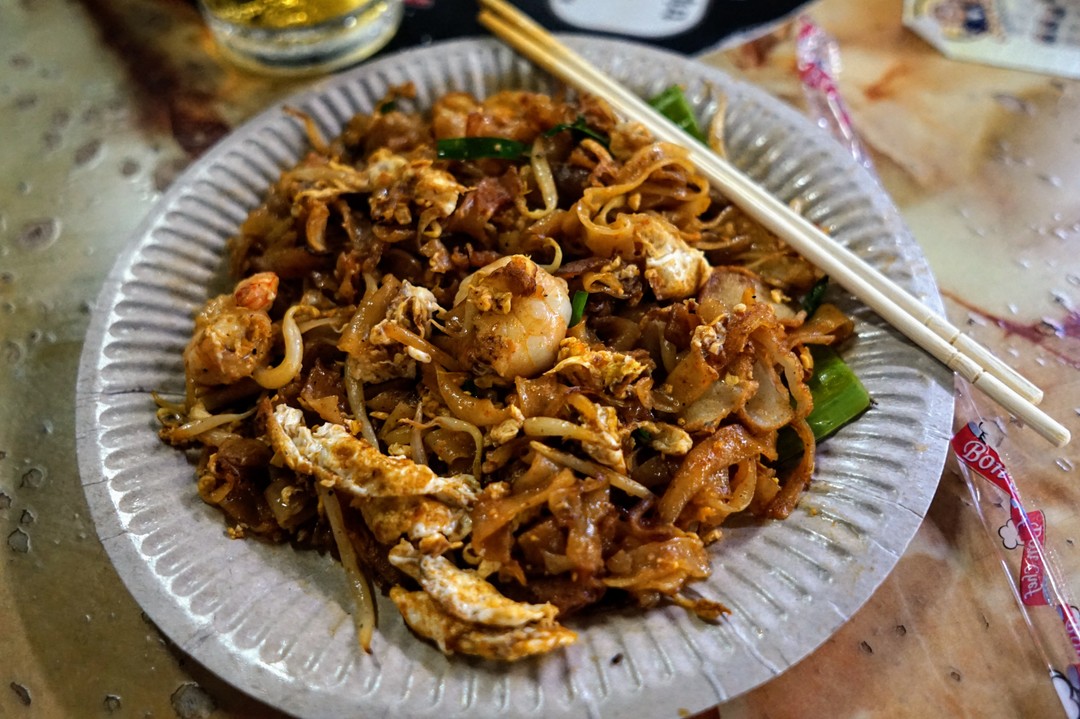
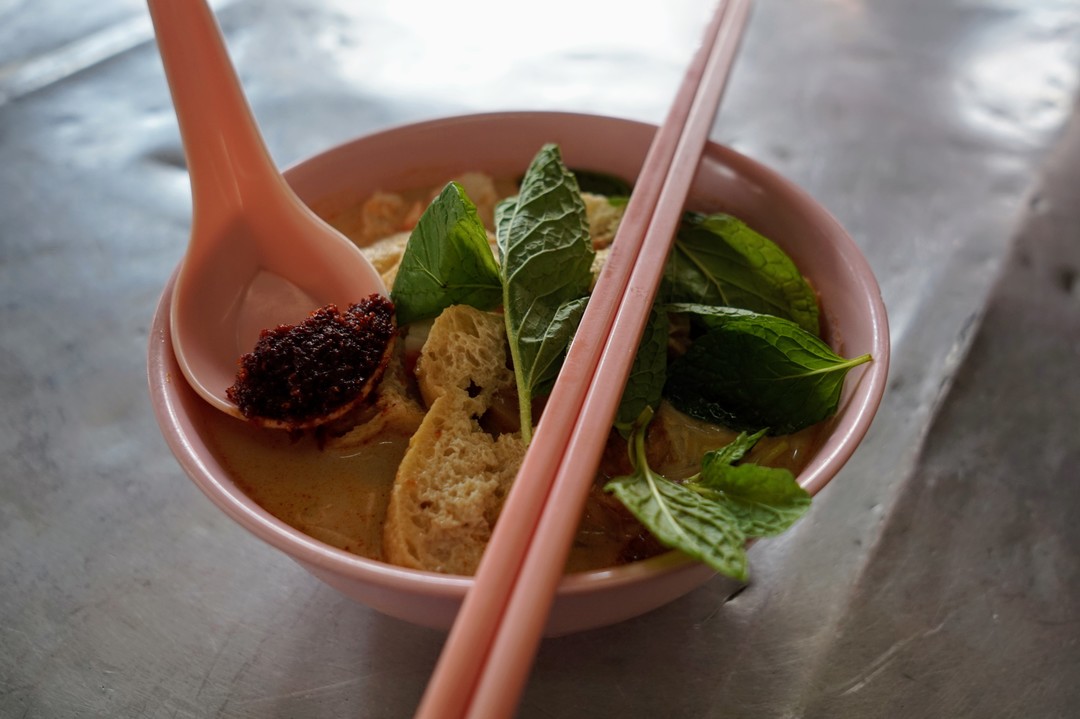
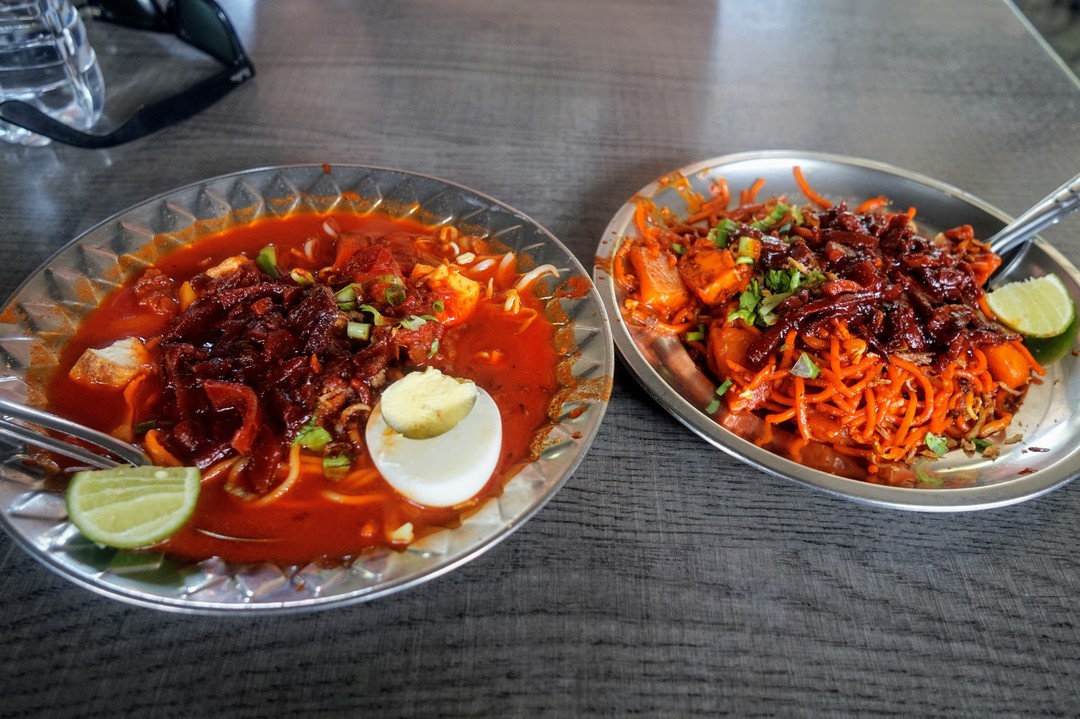
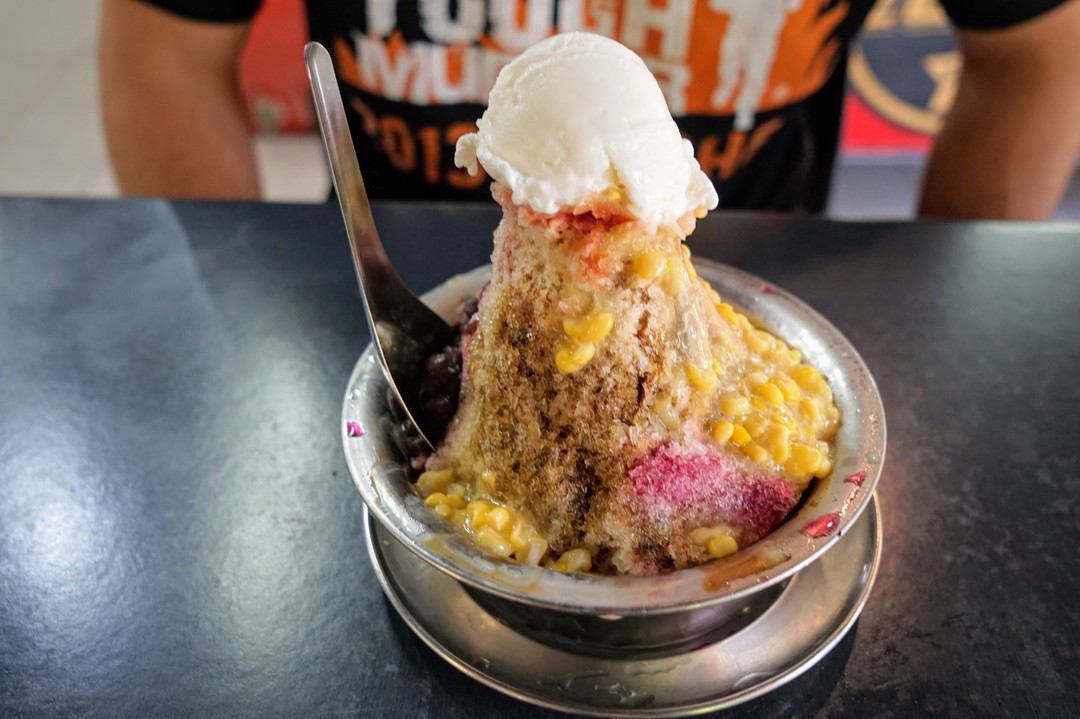
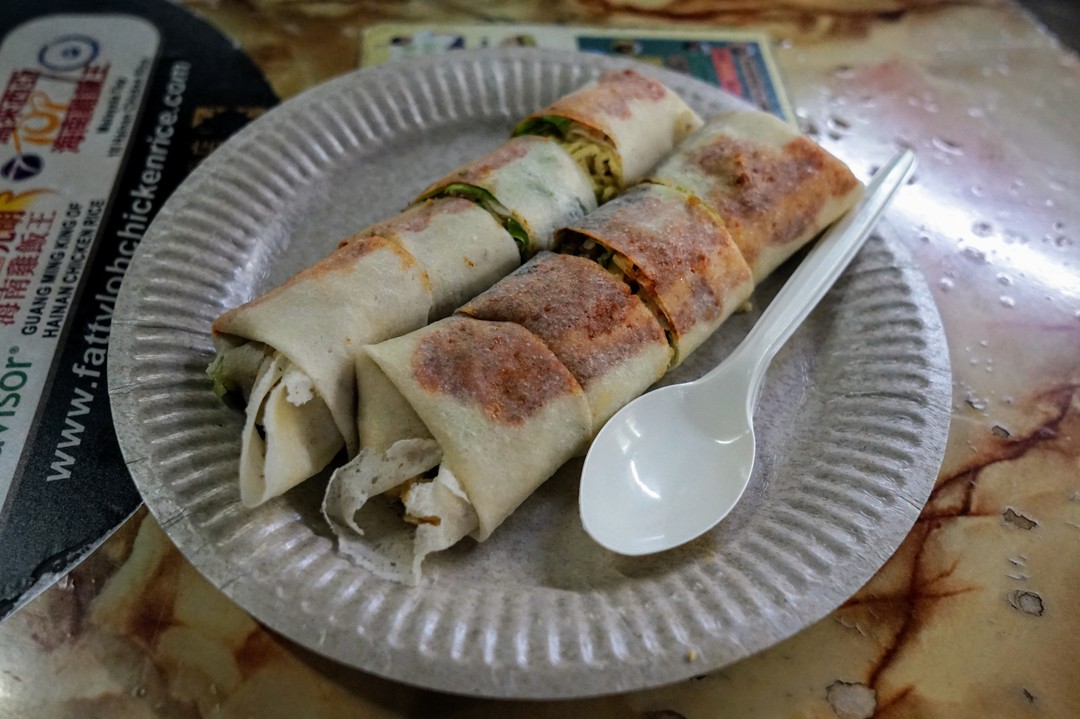
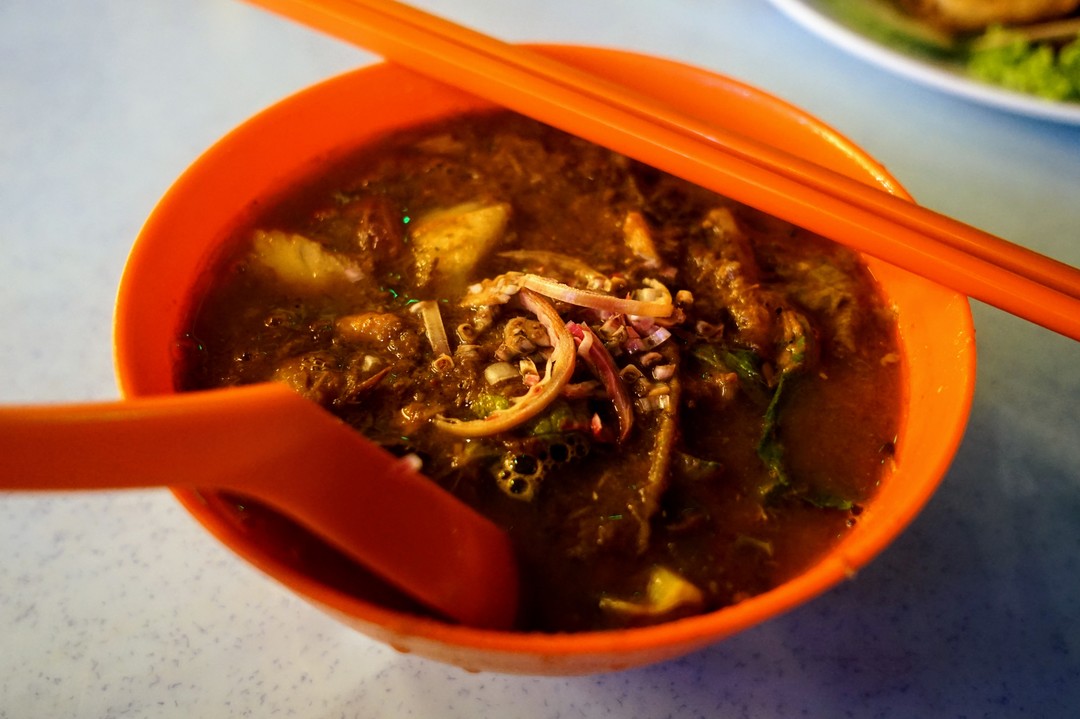
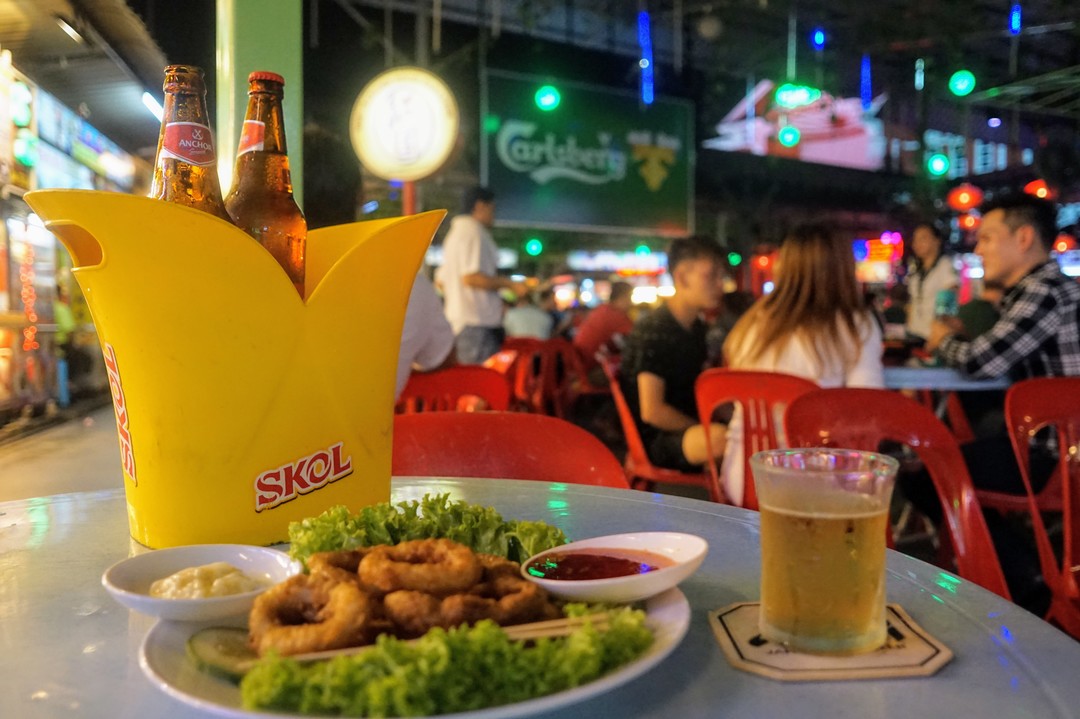
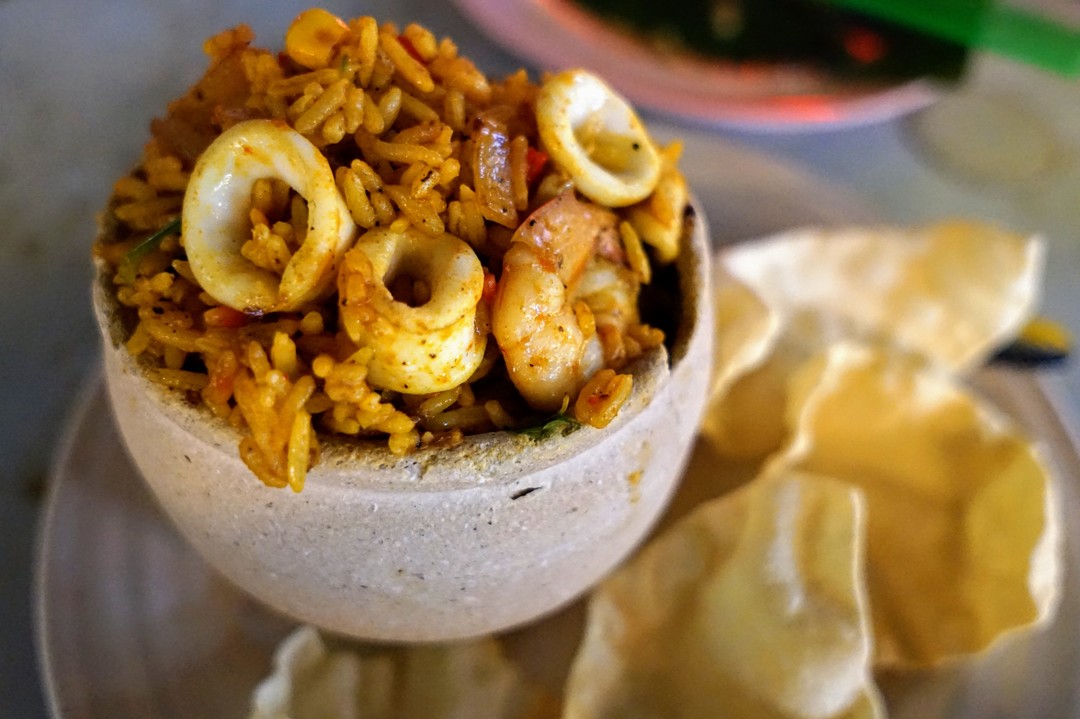
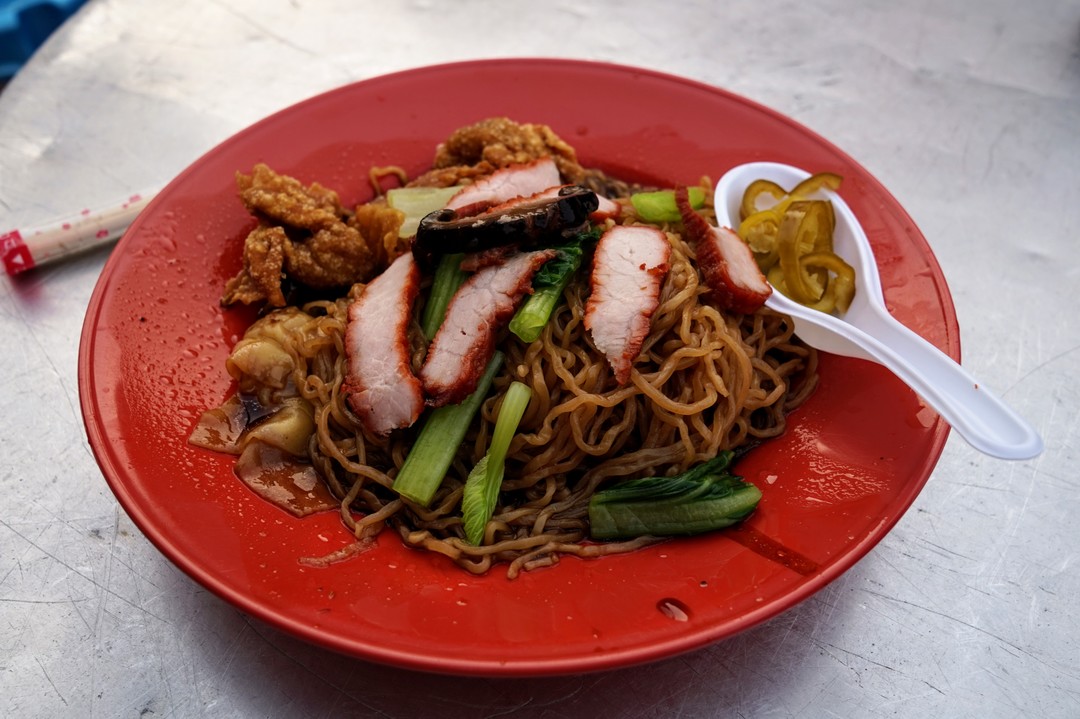
When we weren’t stuffing our faces, we wandered the city searching out street art (including Ernest Zacharevic’s murals depicting everyday life), explored Little India, and visited the Chinese clan houses and the clan jetties, a “floating village” built on stilts over the water dating back to the 1800s. To make up for all the eating we were doing, we also did some hiking around Penang National Park, the world’s smallest national park. And then, of course, we ate a bit more.
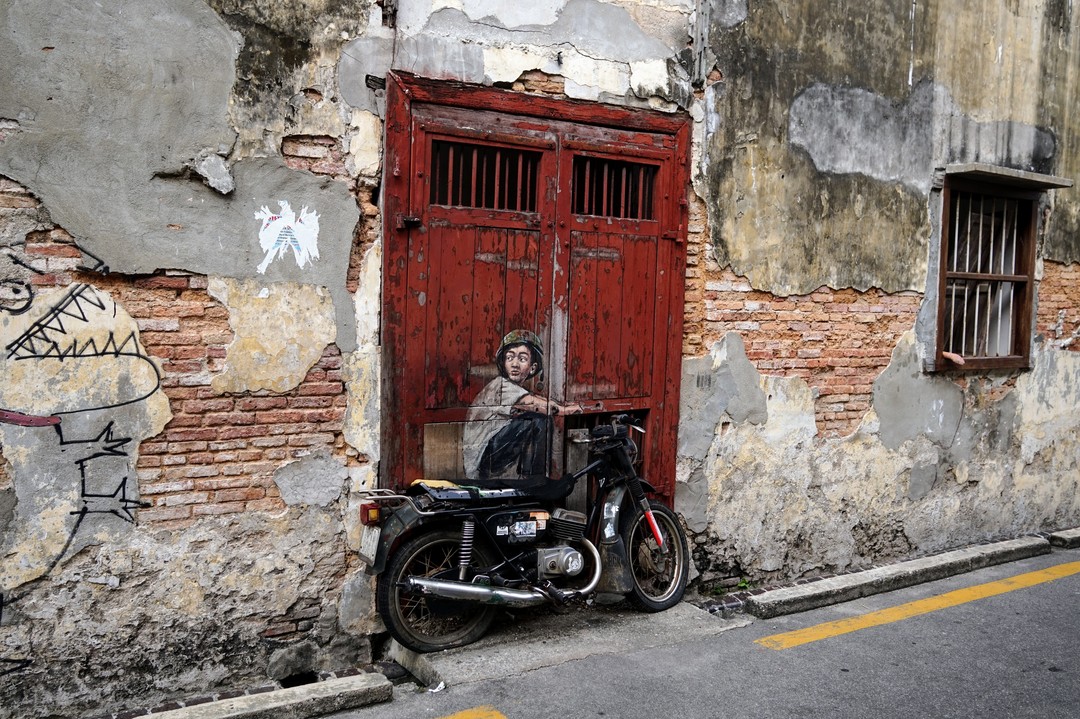
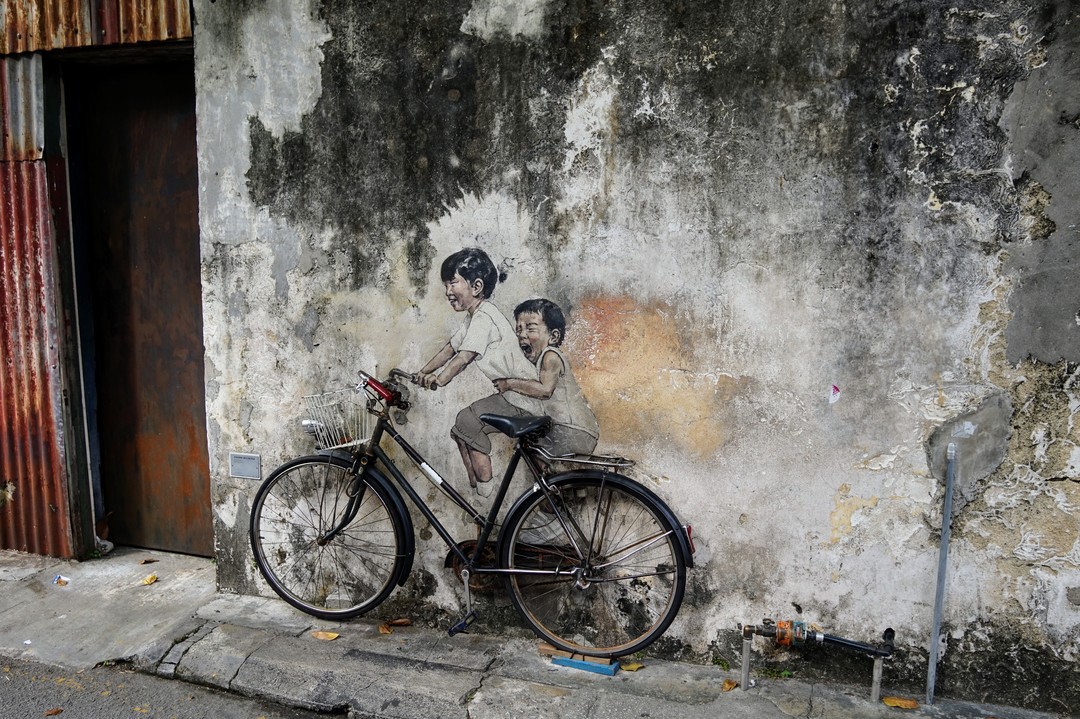
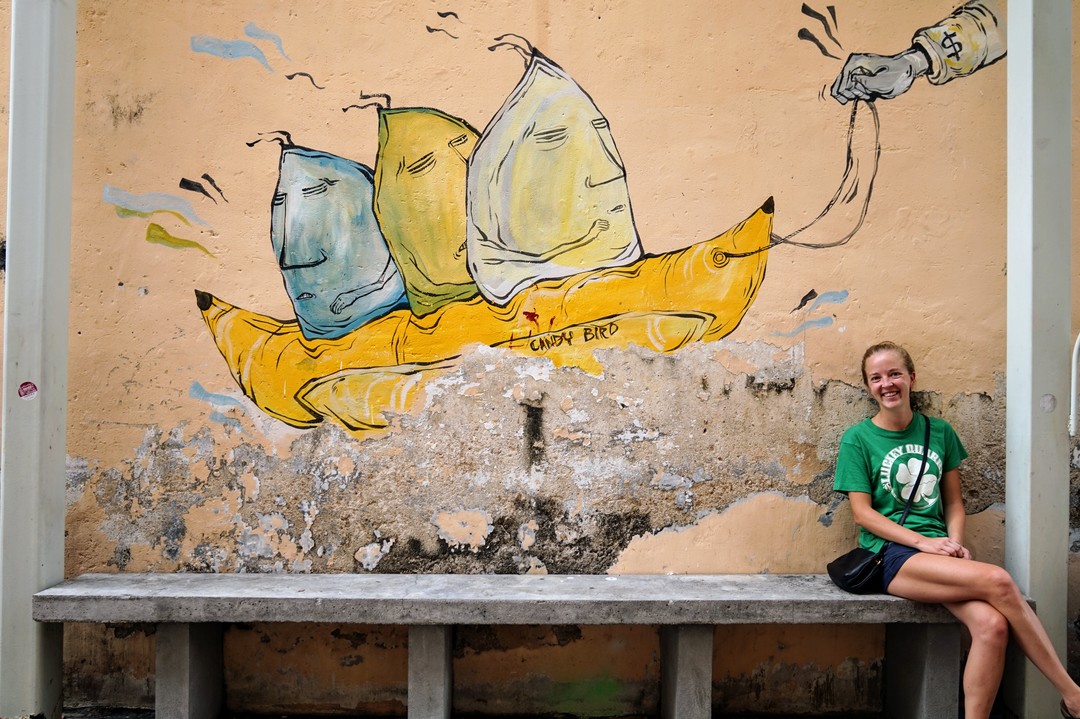
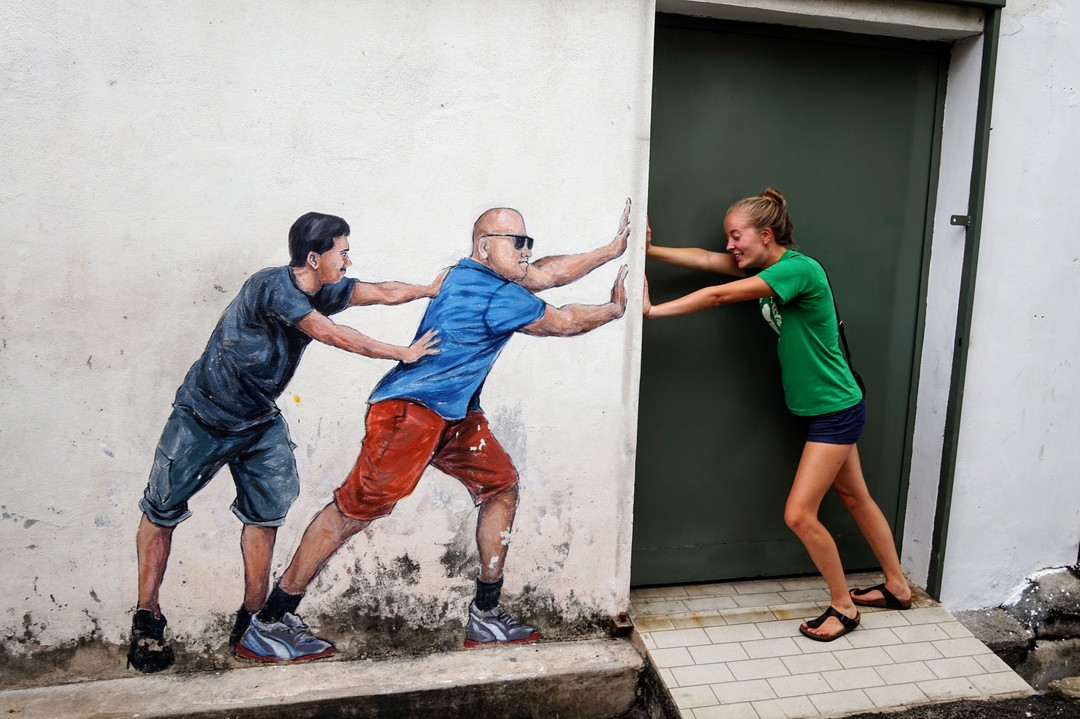
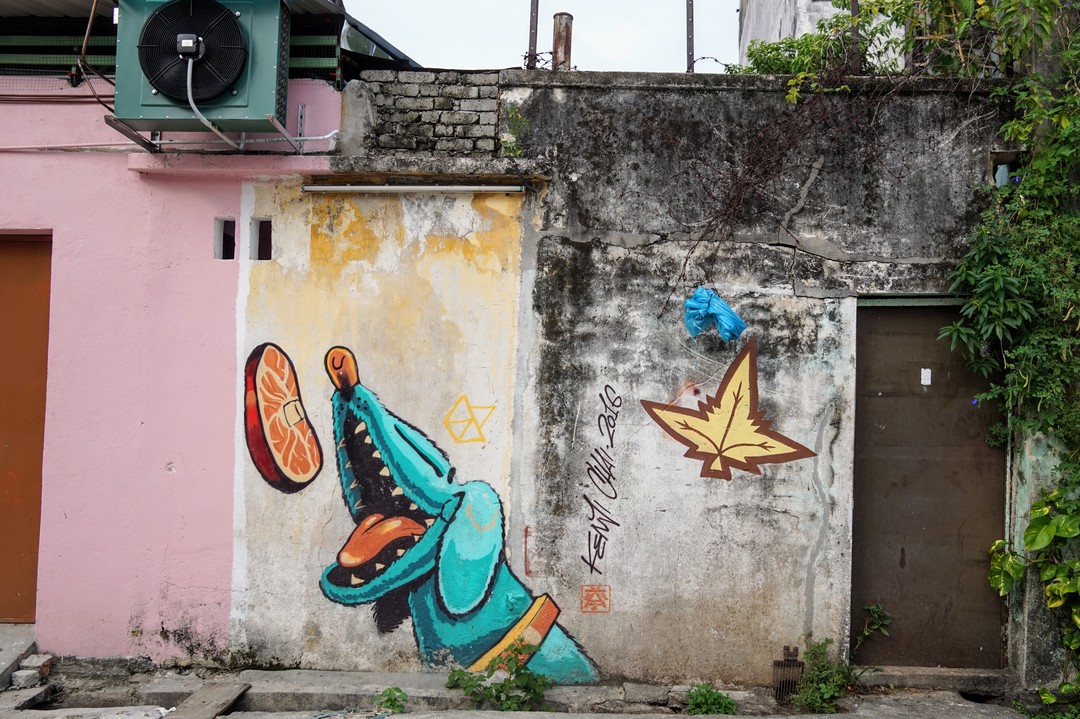
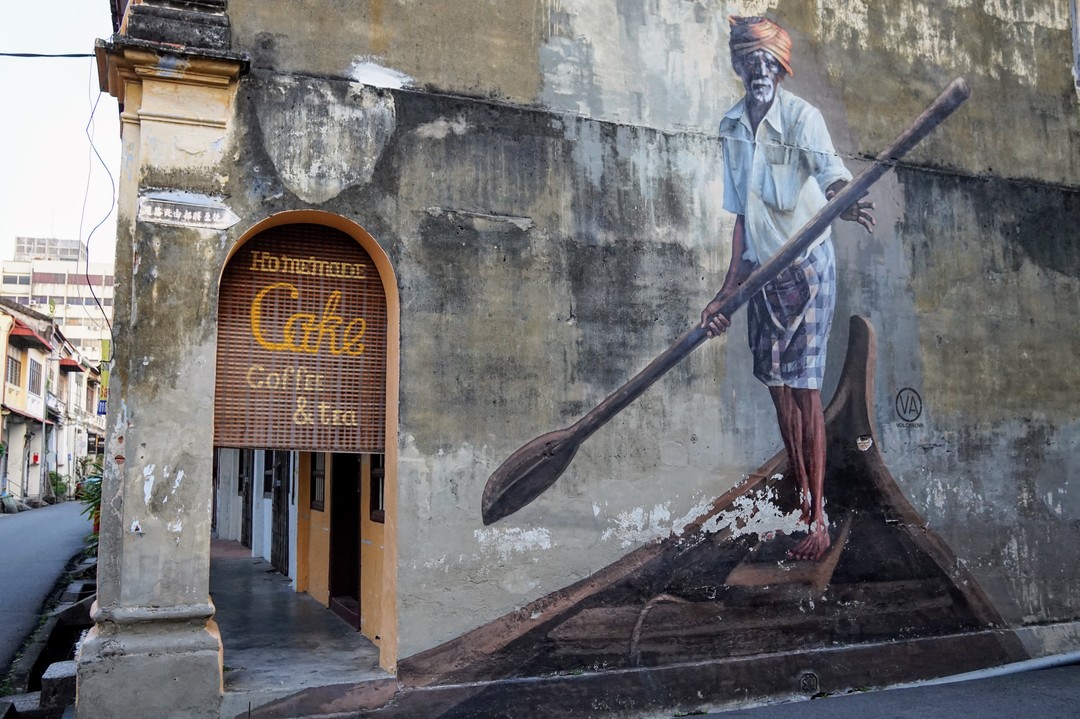
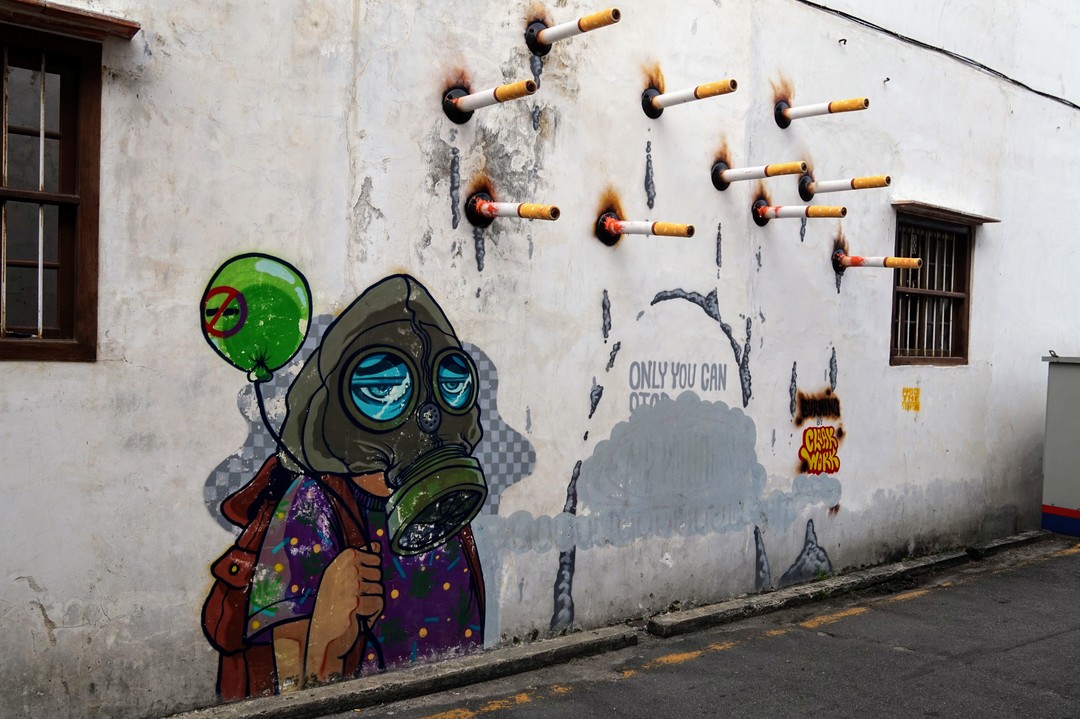
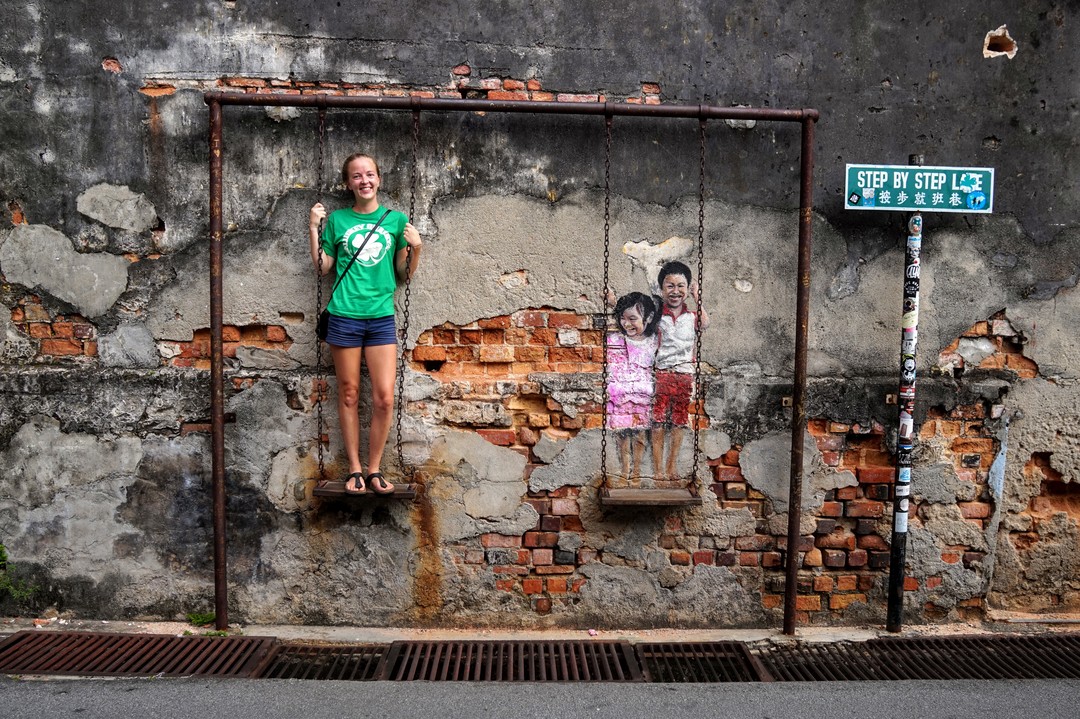
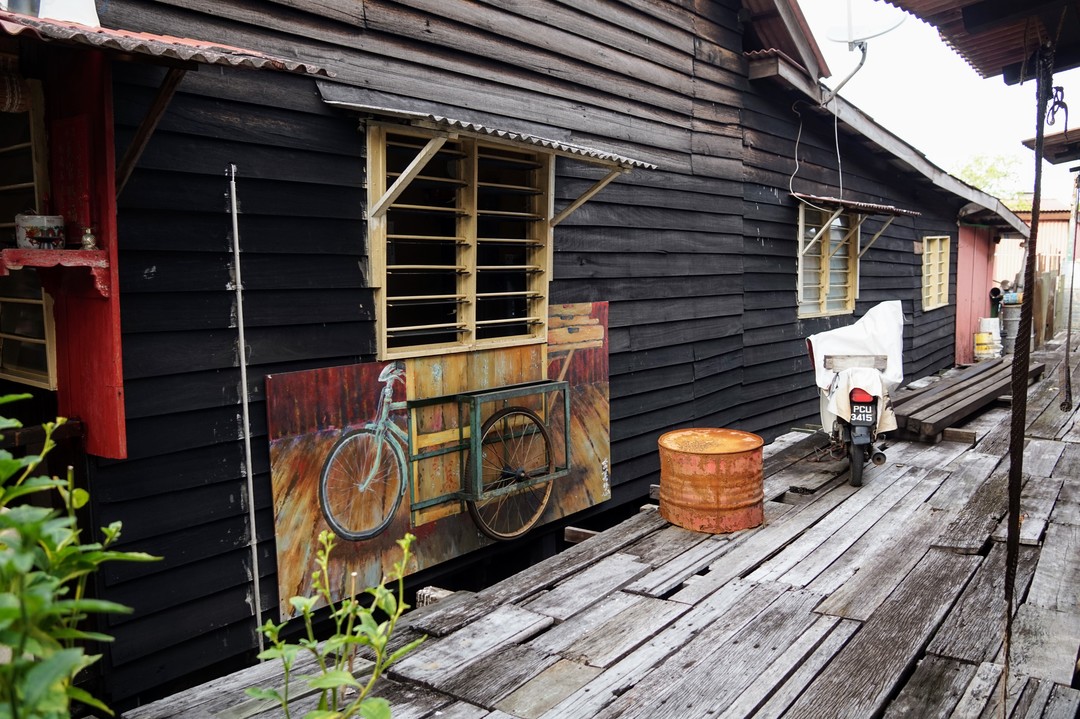
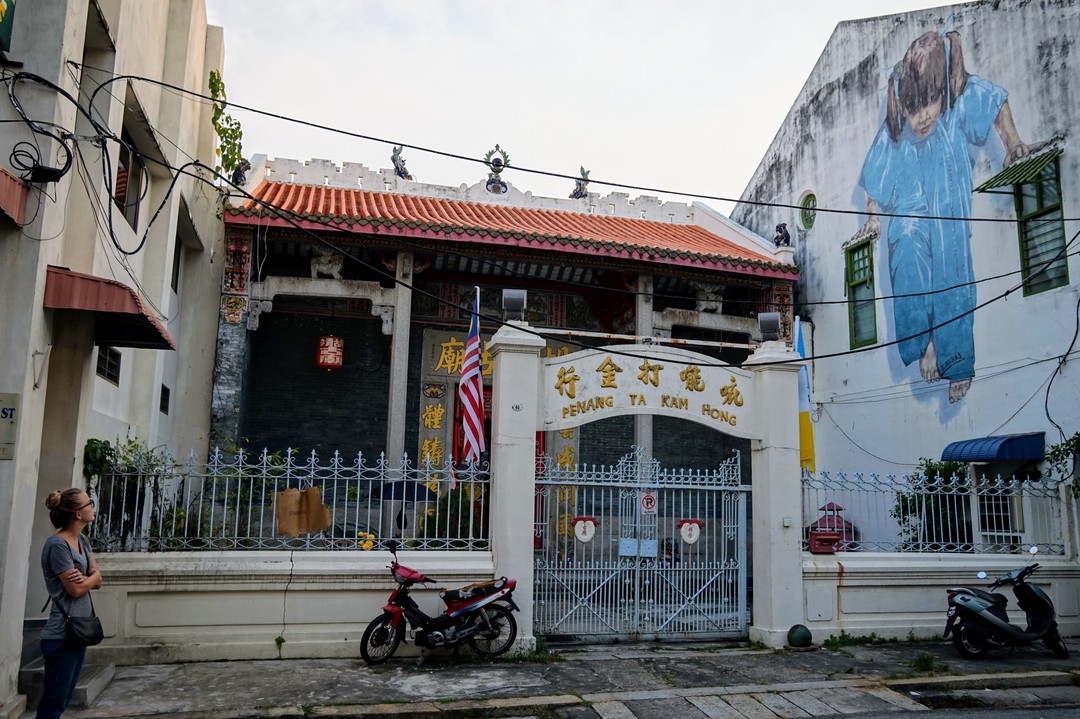
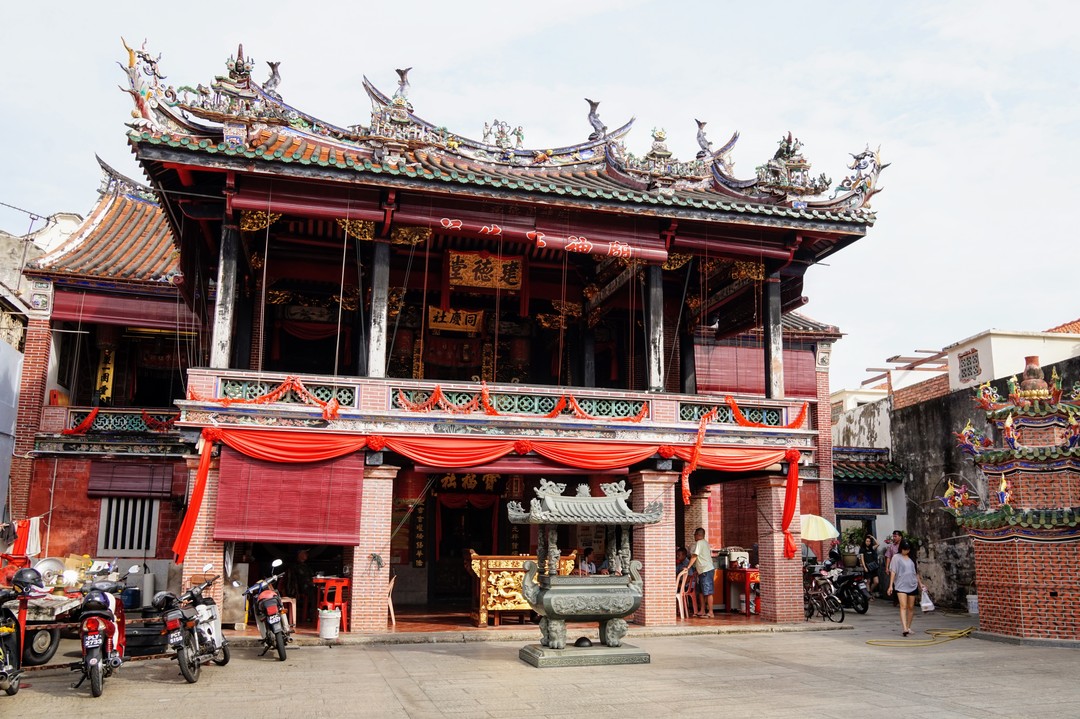
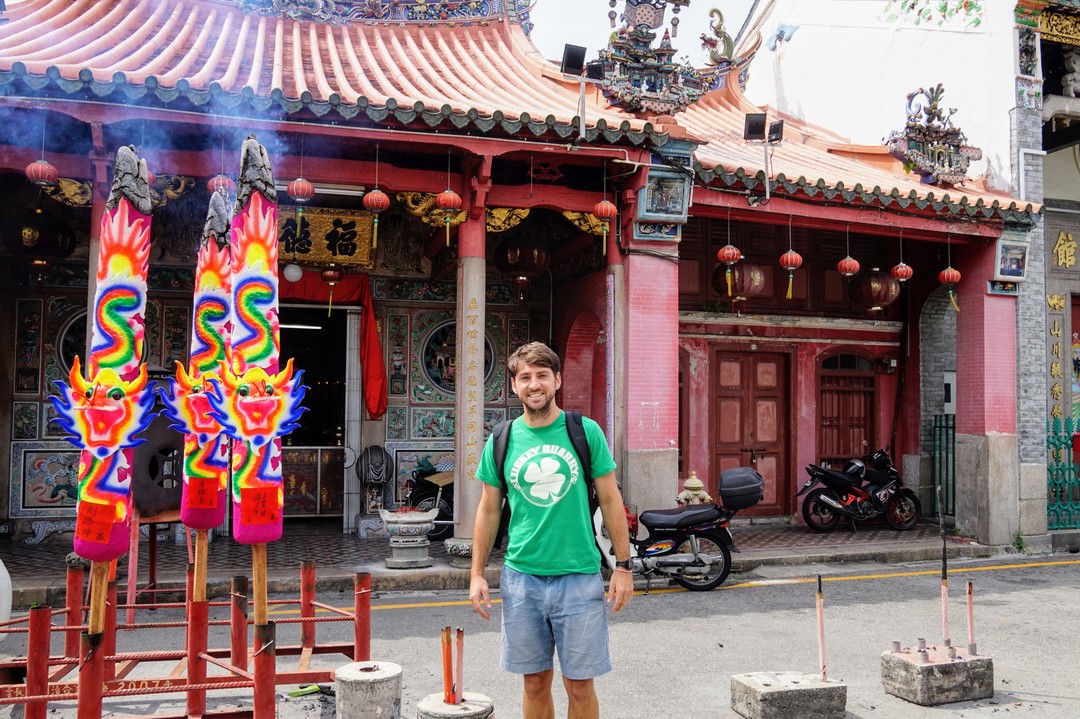

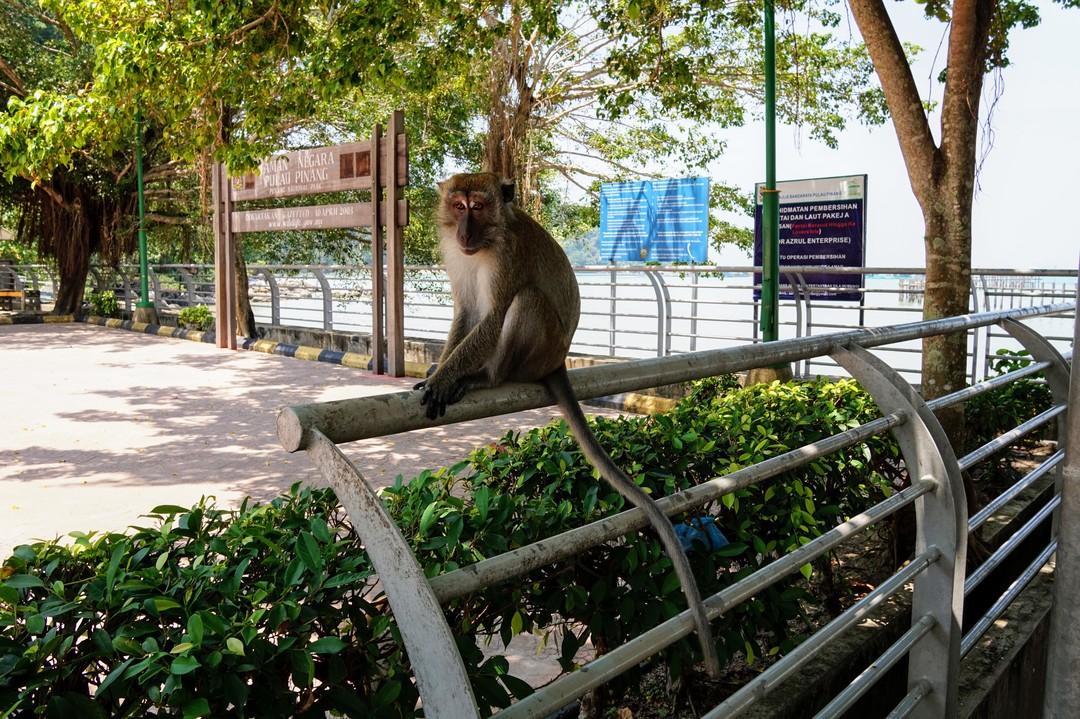
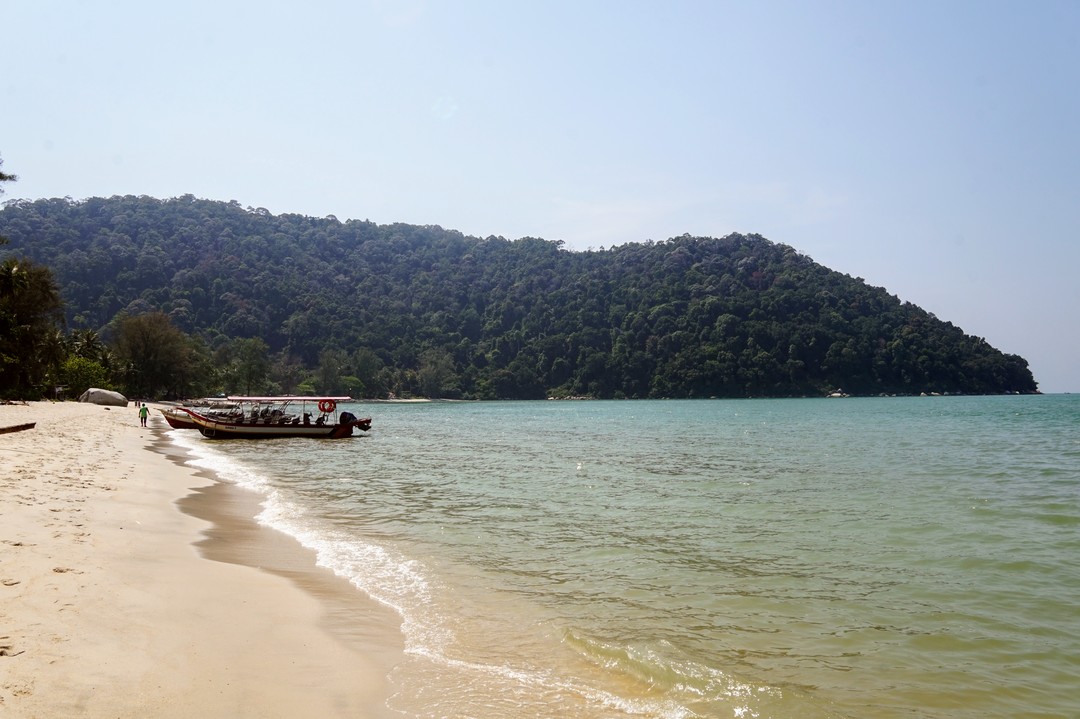
Taman Negara
After steeping ourselves in the culture and food of Georgetown, we decided to get a glimpse of Malaysia’s nature. Taman Negara (“national park” in Malay) is home to one of the world’s oldest rainforests - over 130 million years. This ended up being our least favorite place mostly due to the suffocating and unbearable heat and humidity. We had considered staying longer and signing up for a multi-day guided excursion into the jungle, but Vesper was recovering from a viral infection, the weather was miserably hot, and we had already seen enough rainforest. Supposedly some cool animals live there (like sun bears), but even the rangers say you’re practically guaranteed to not see anything more than a lizard or maybe a troop of monkeys if you’re lucky.
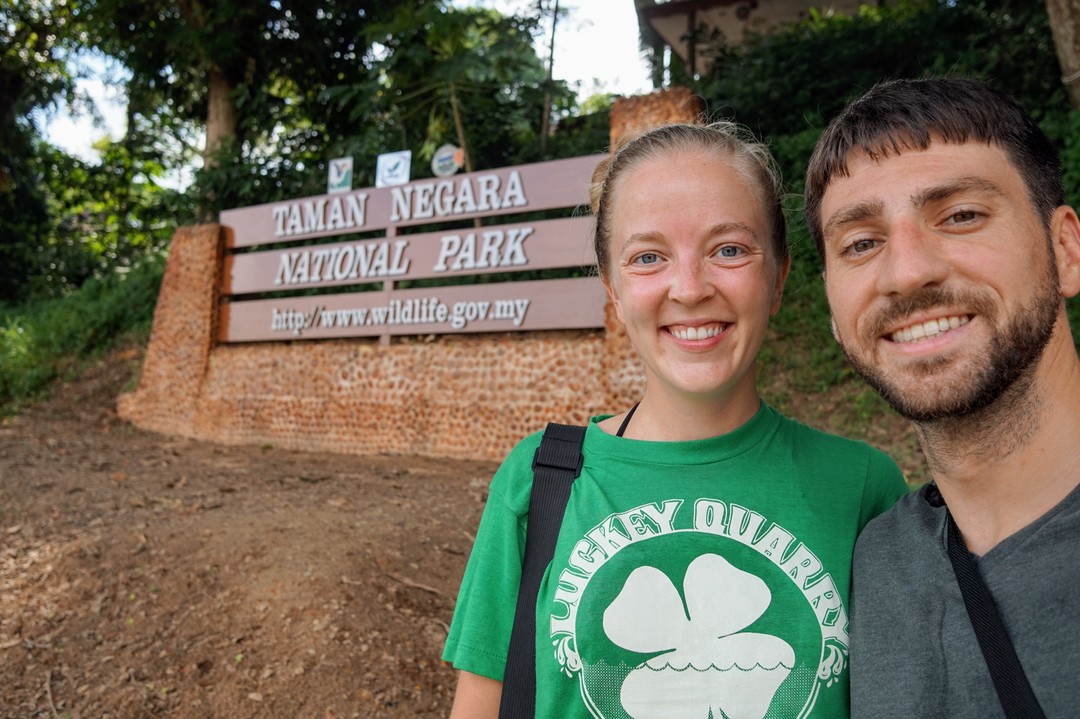
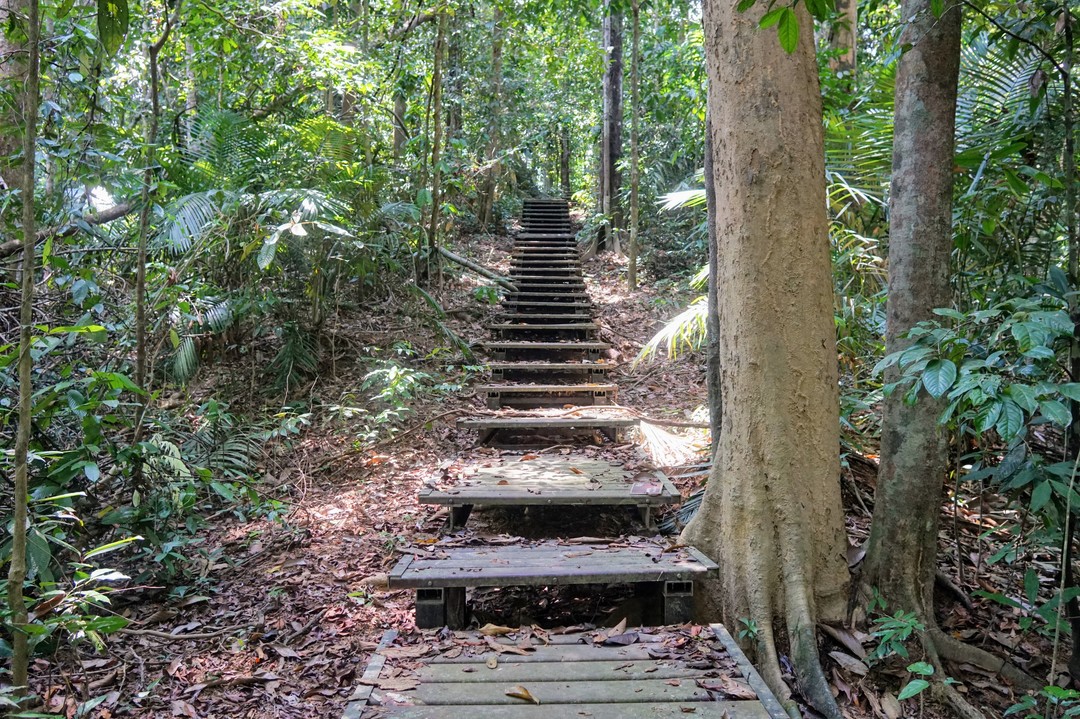
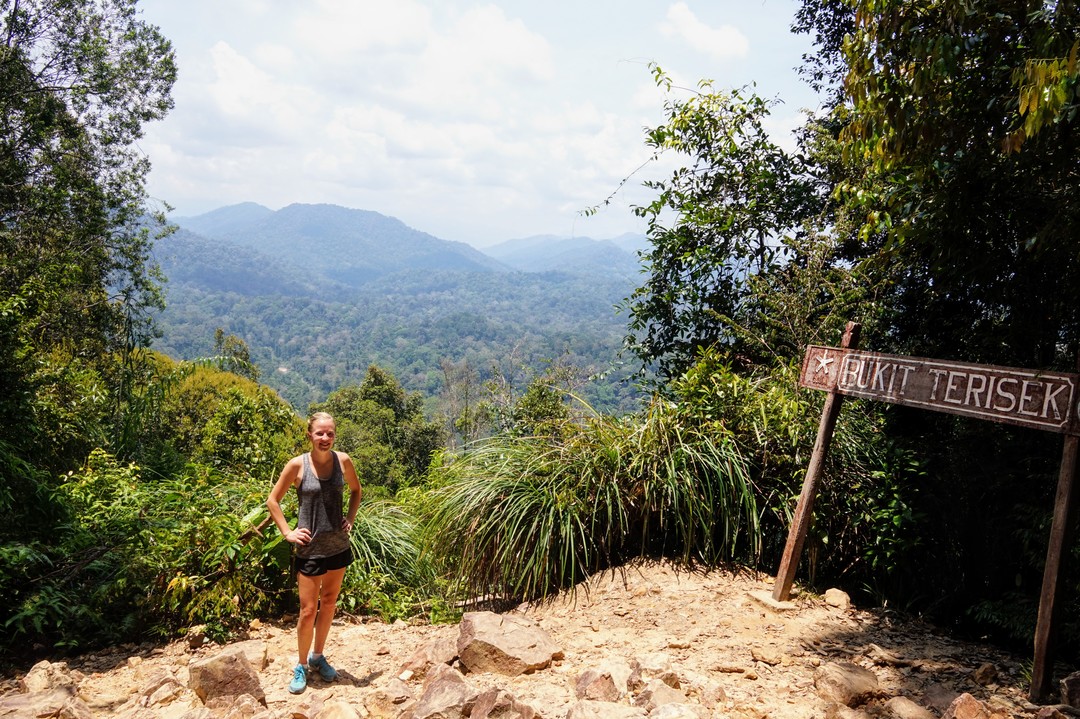
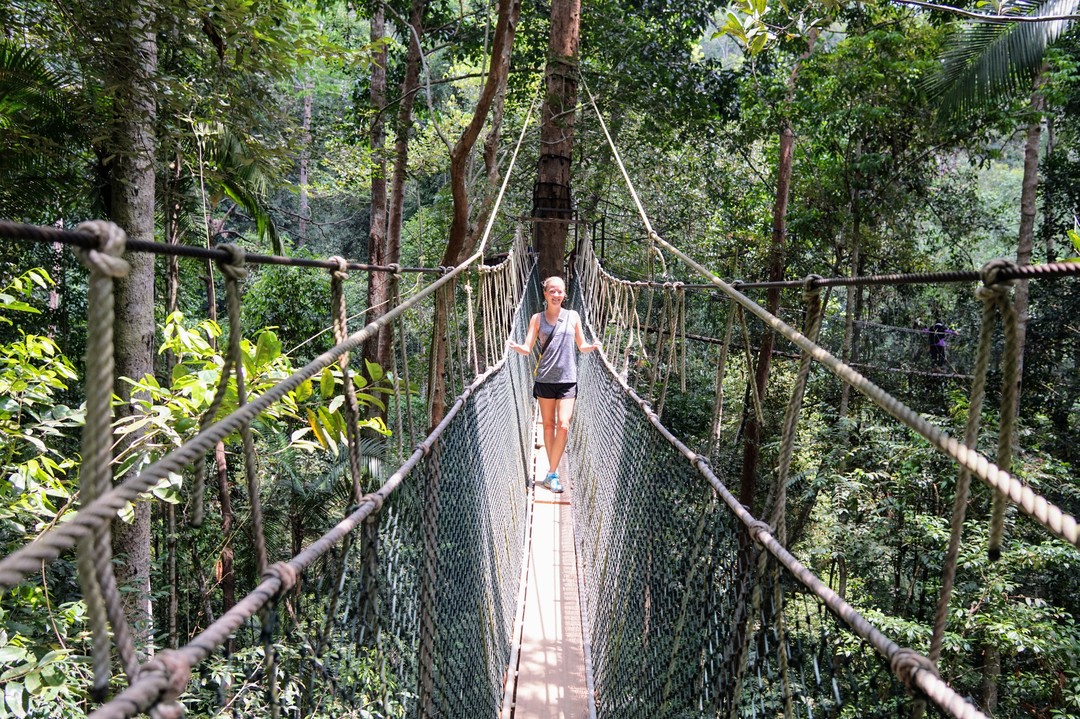
Malacca
Malacca was our final destination on Peninsular Malaysia before an interlude in Singapore. Malacca has a similar but quieter vibe to Georgetown as an old colonial port city. We enjoyed our brief time with a bike tour of the city, delicious Indian food, old Portuguese ruins, some homemade pineapple and ginger beers, and a sunset over the Strait of Malacca.
